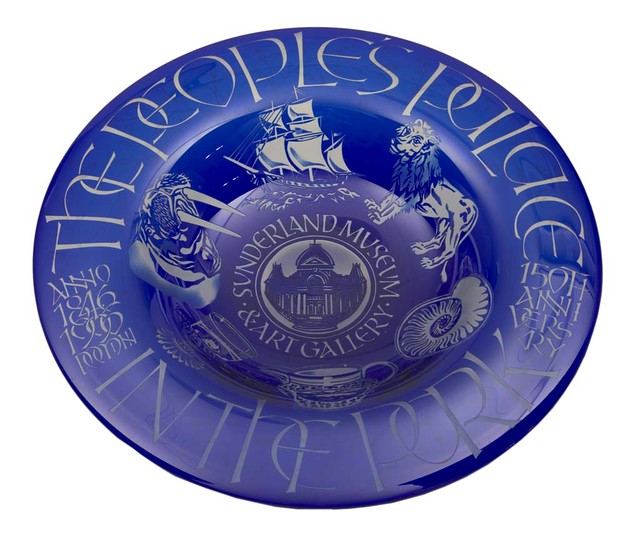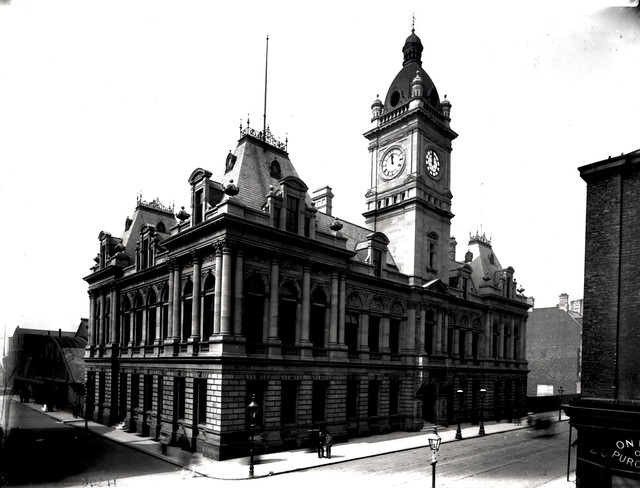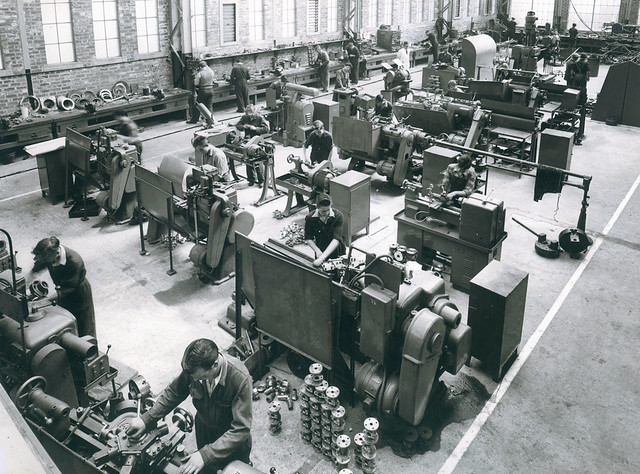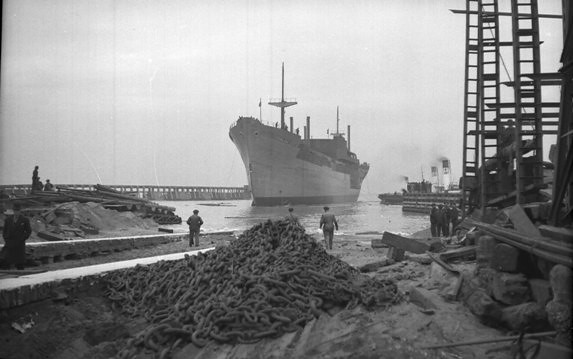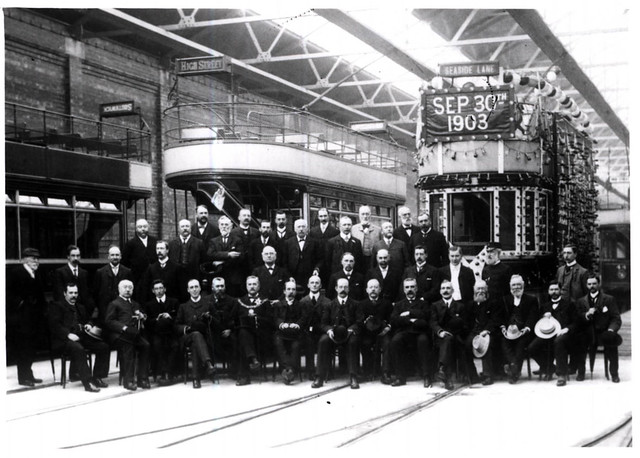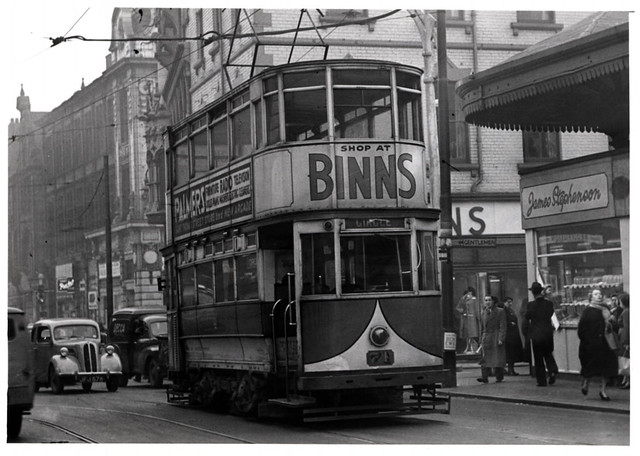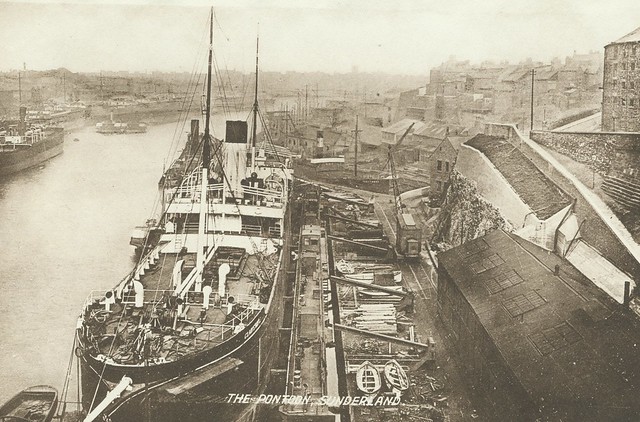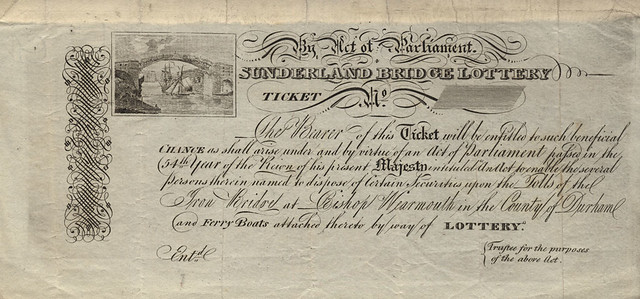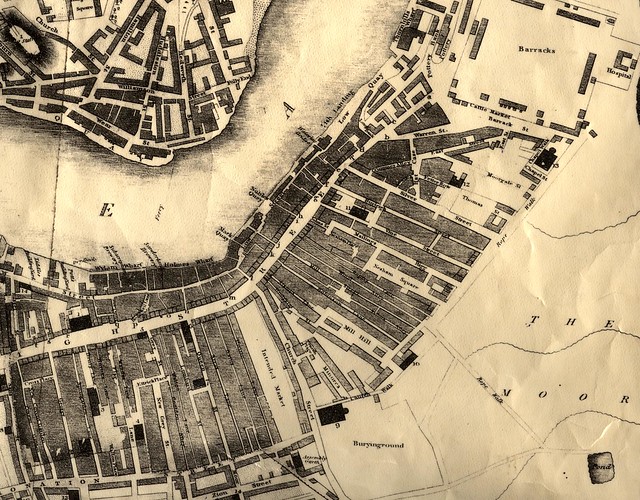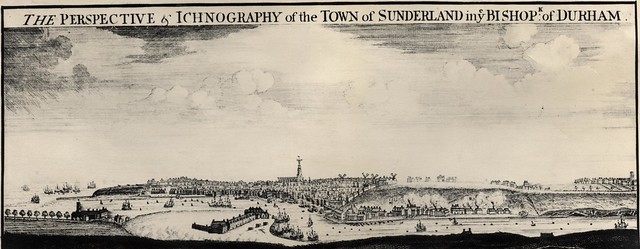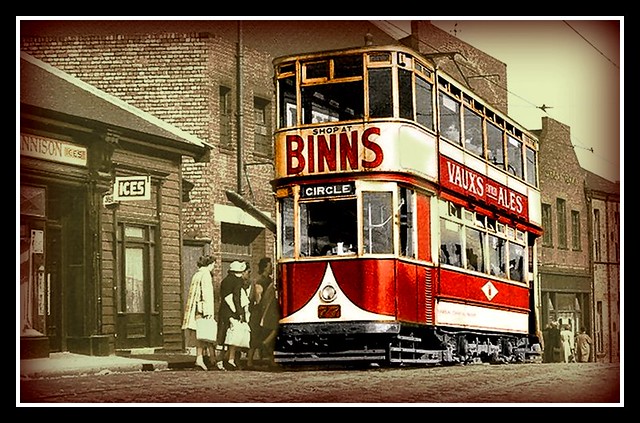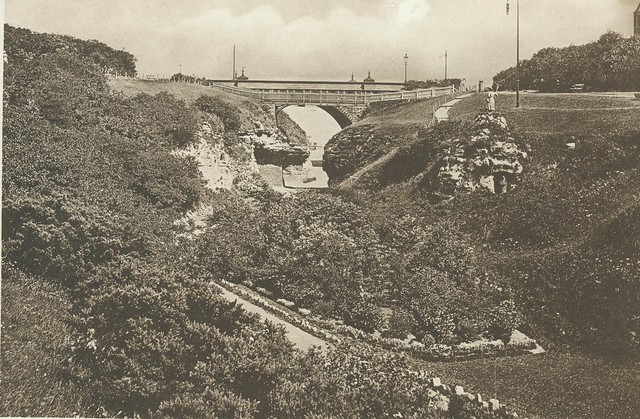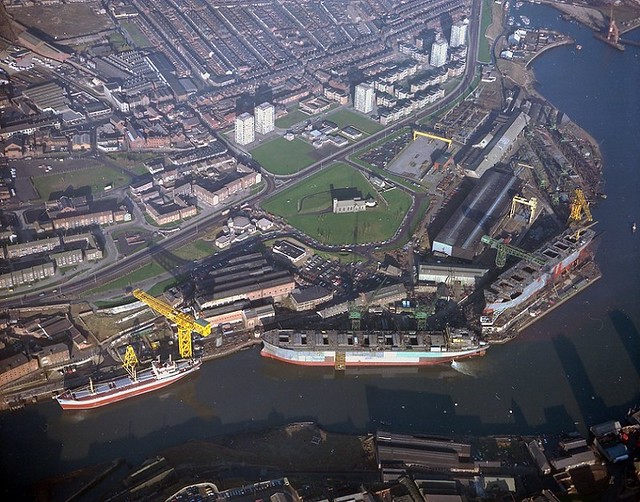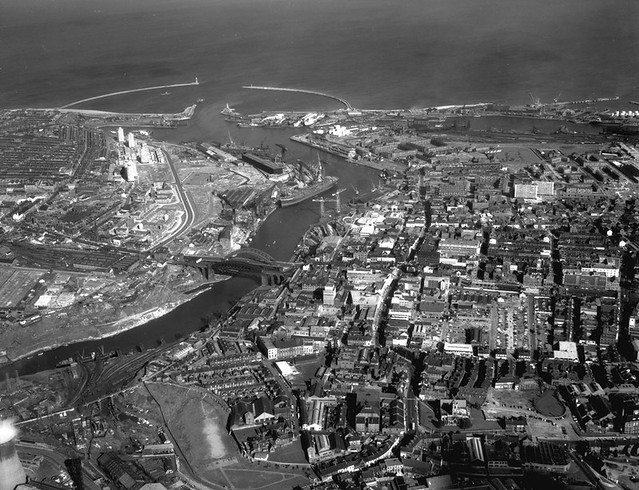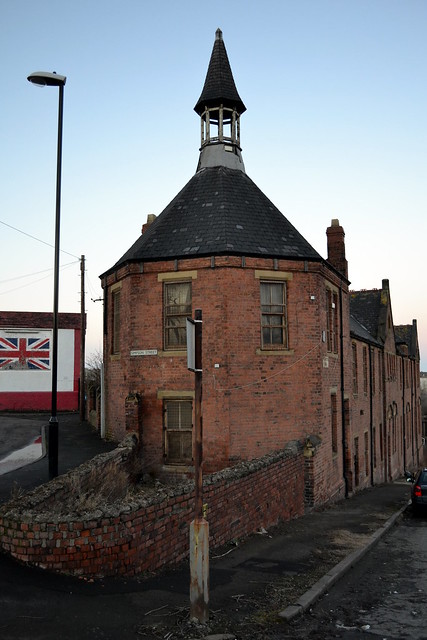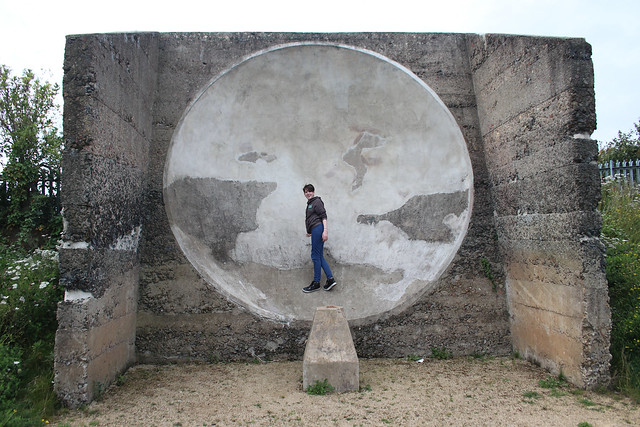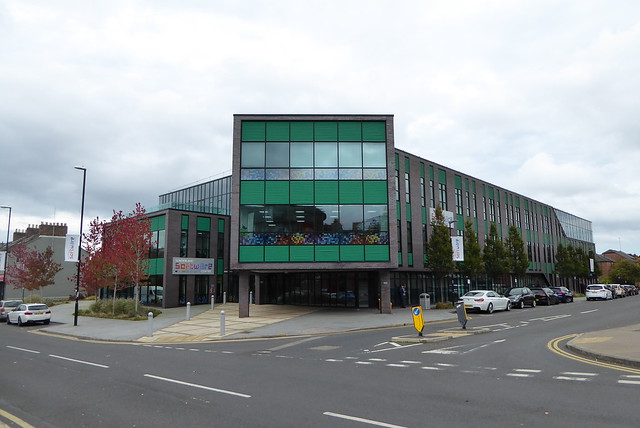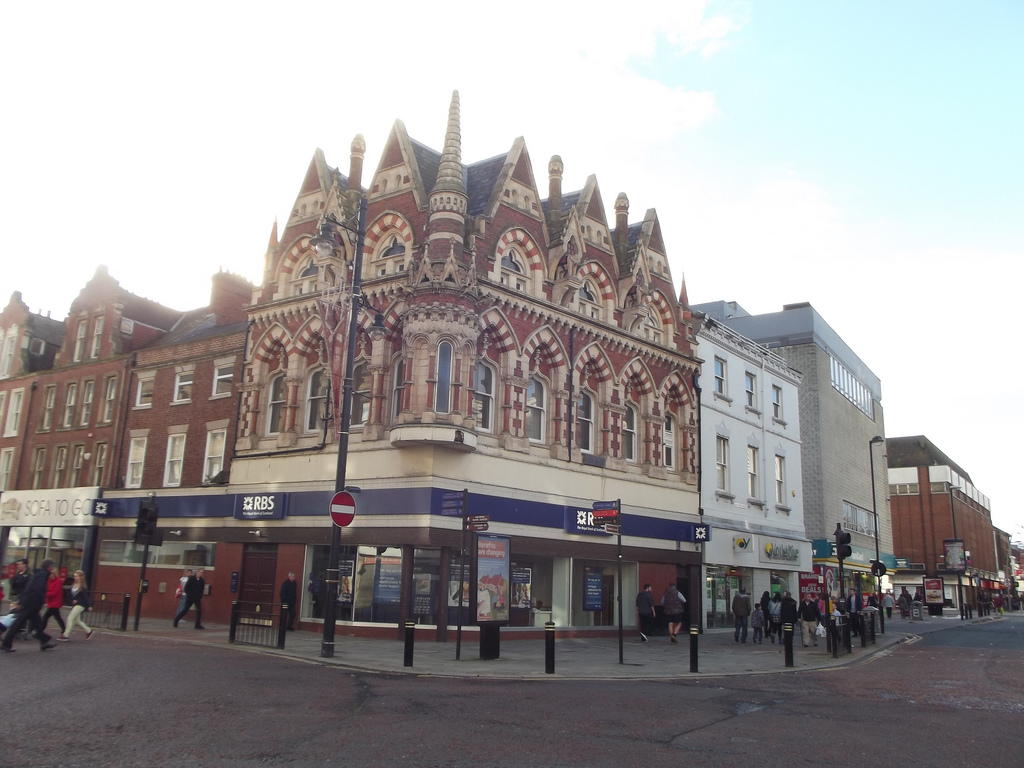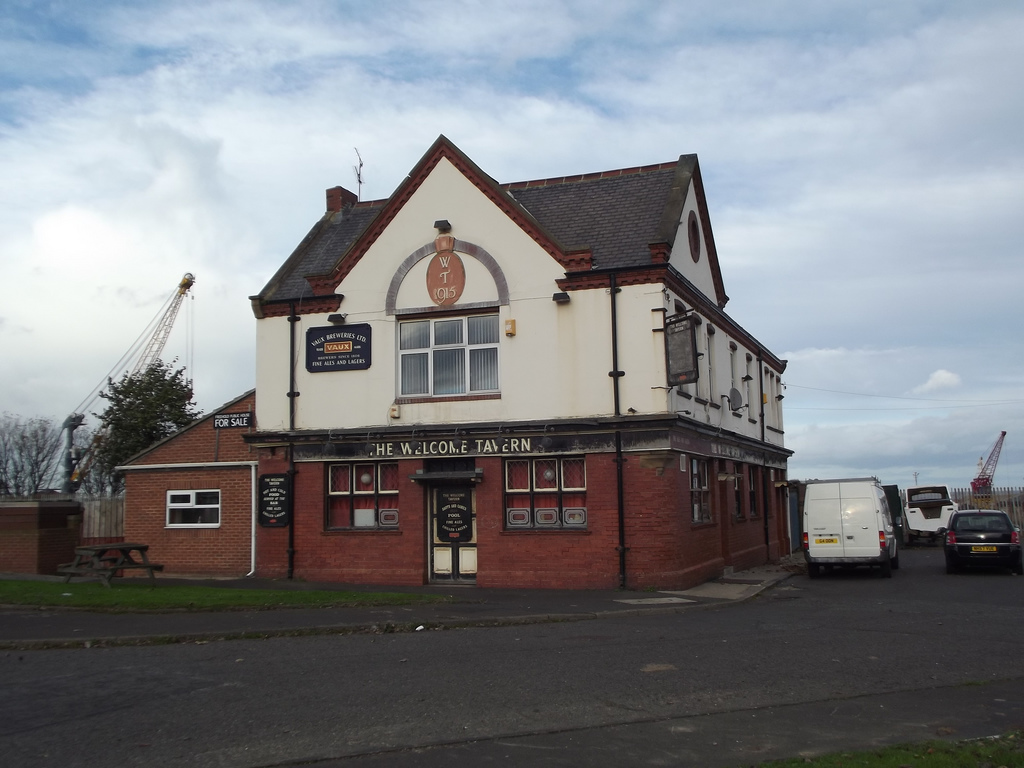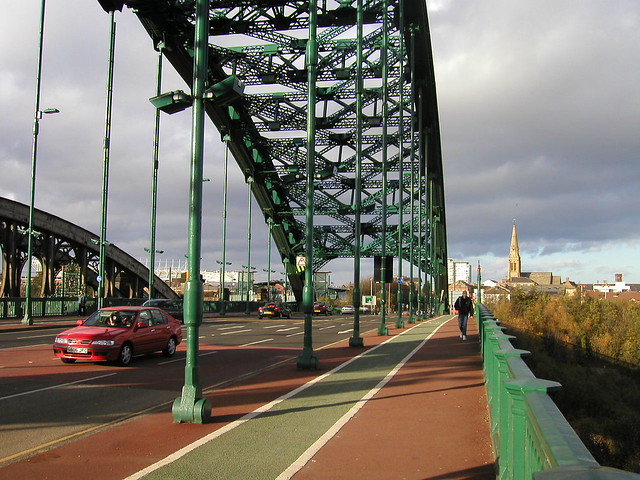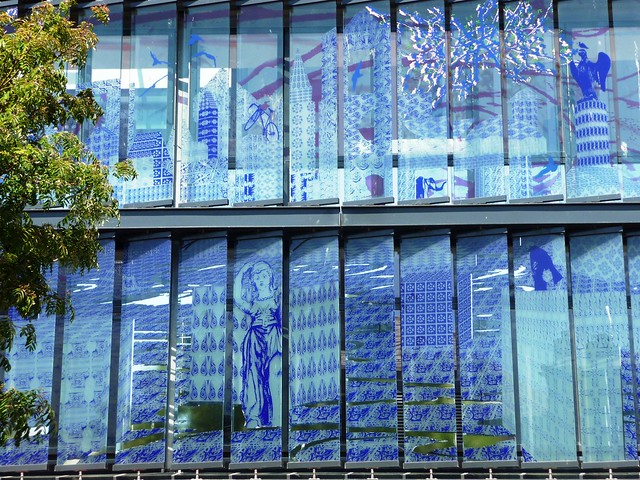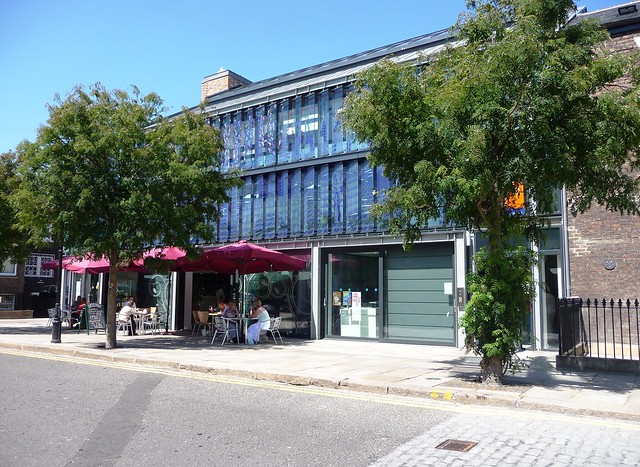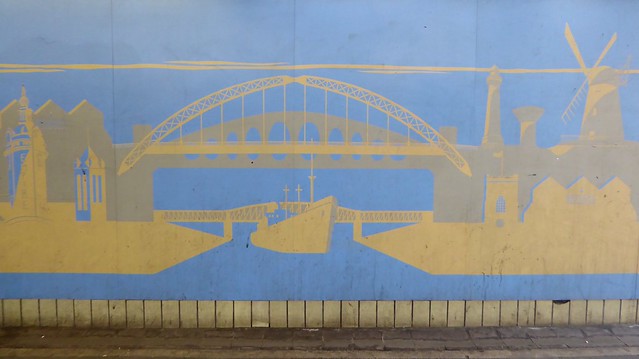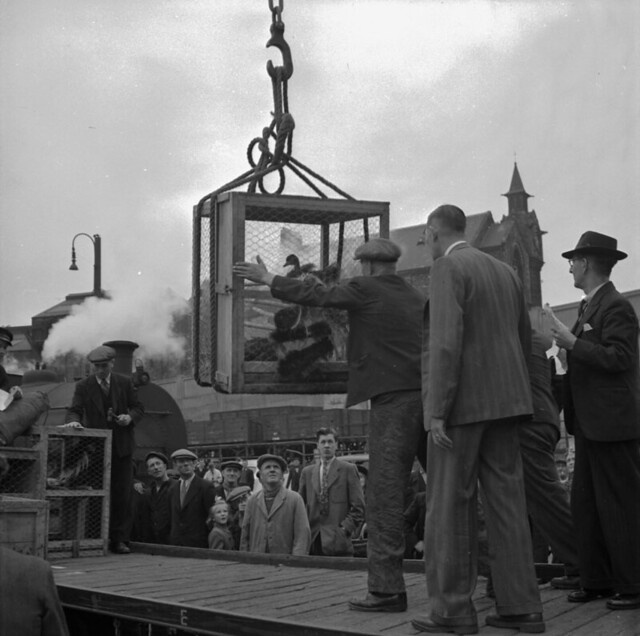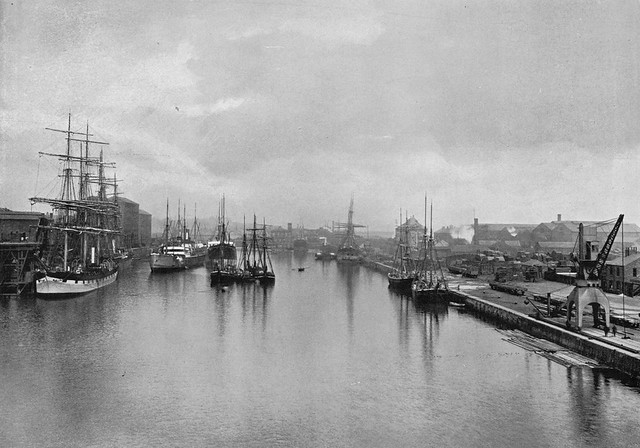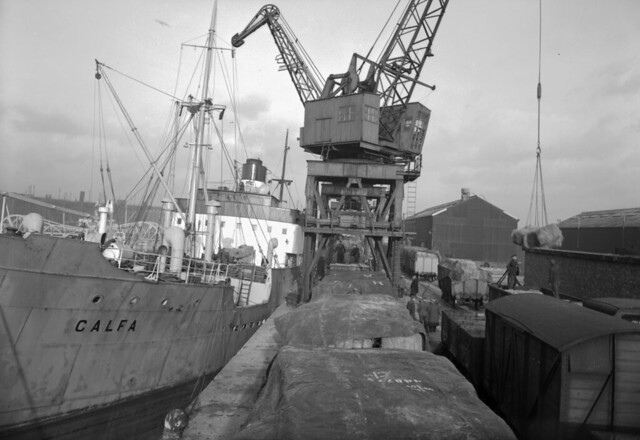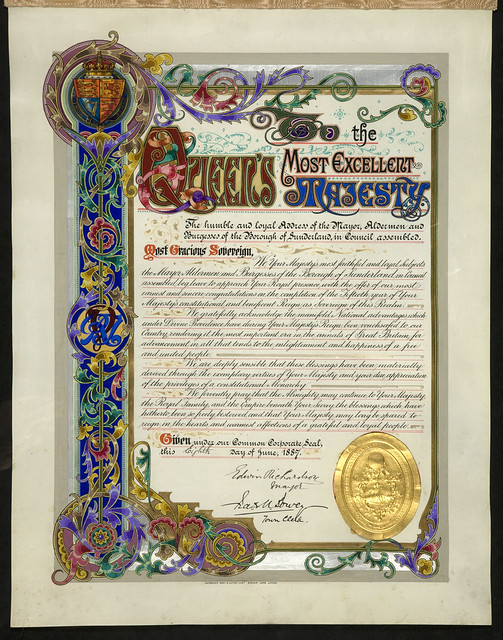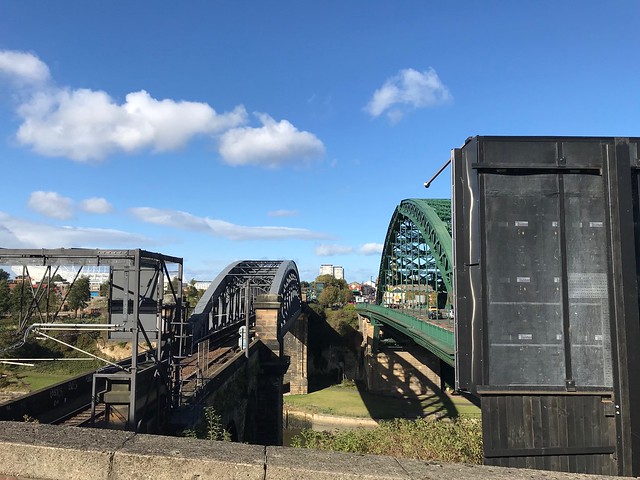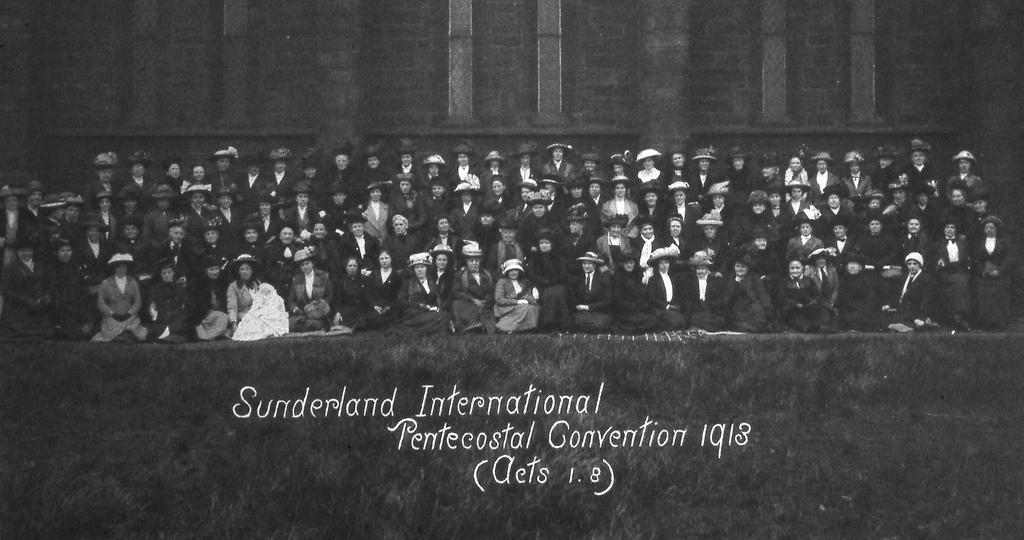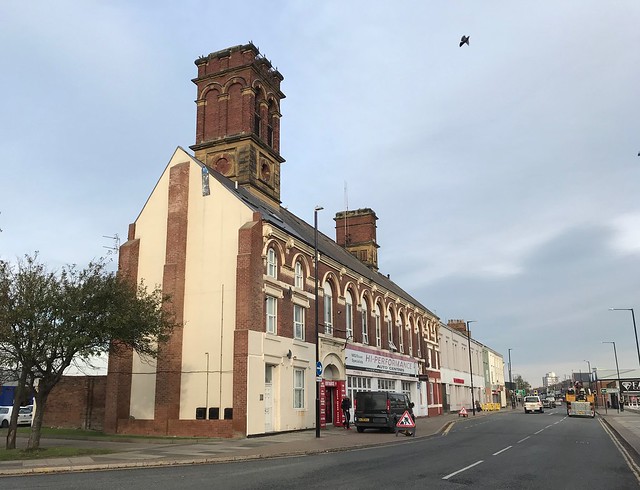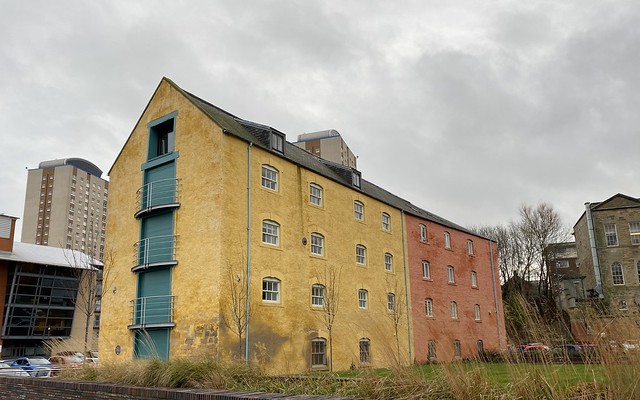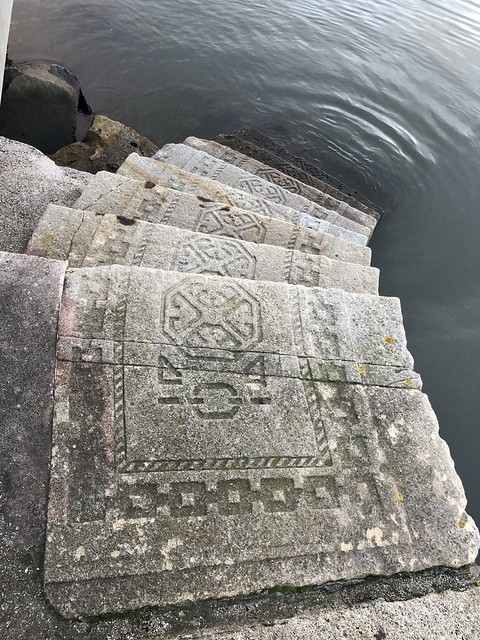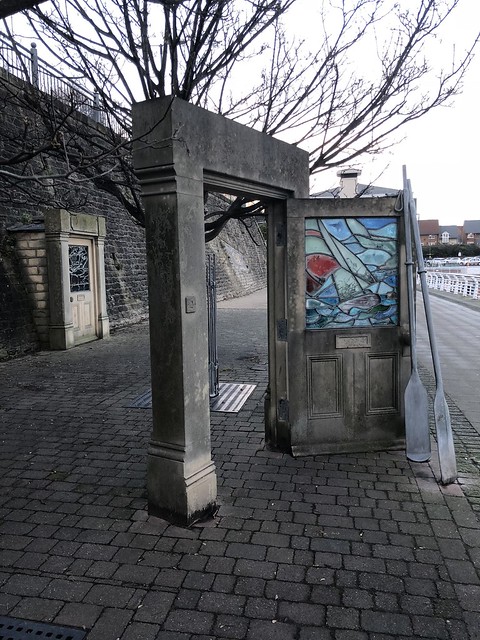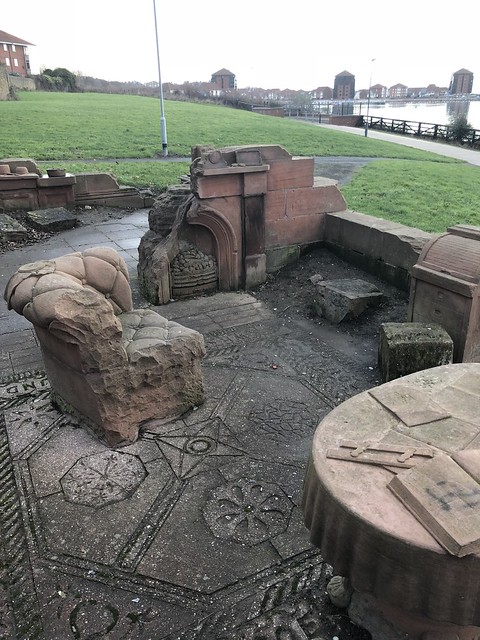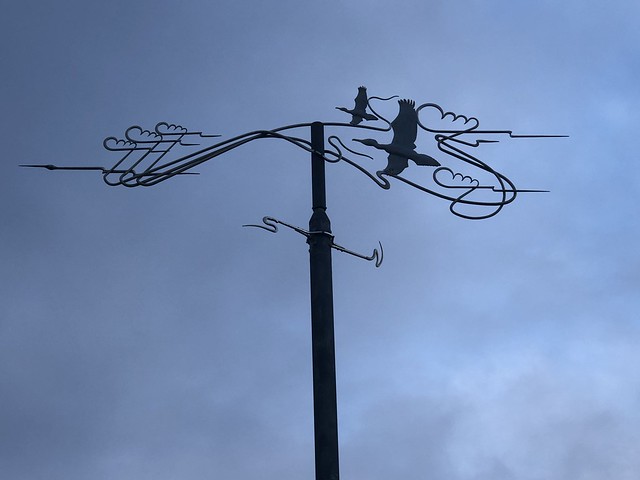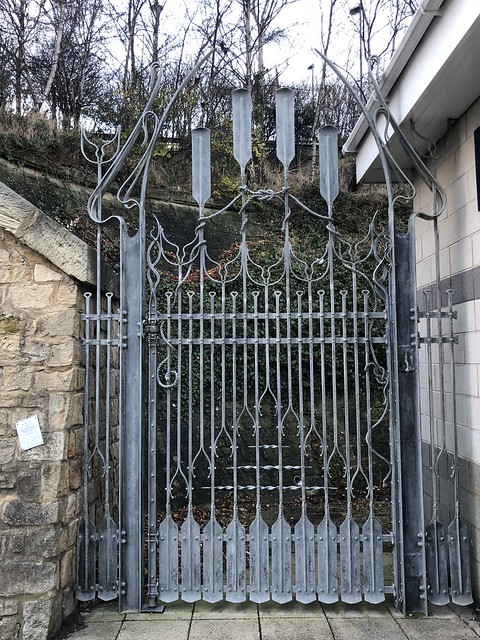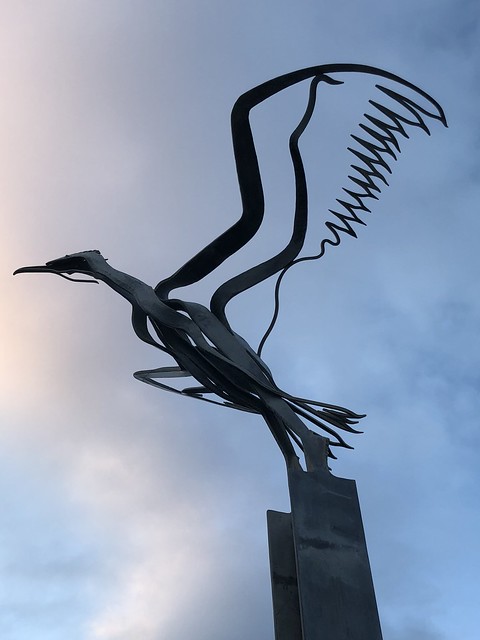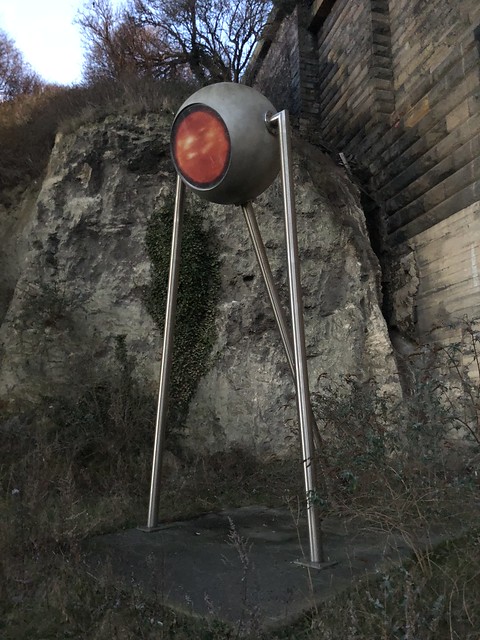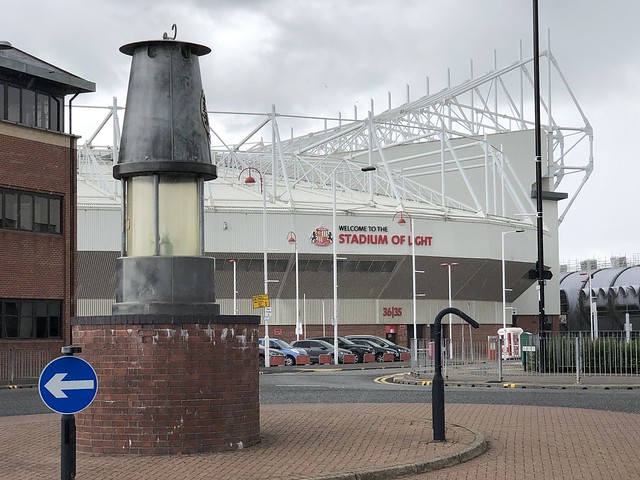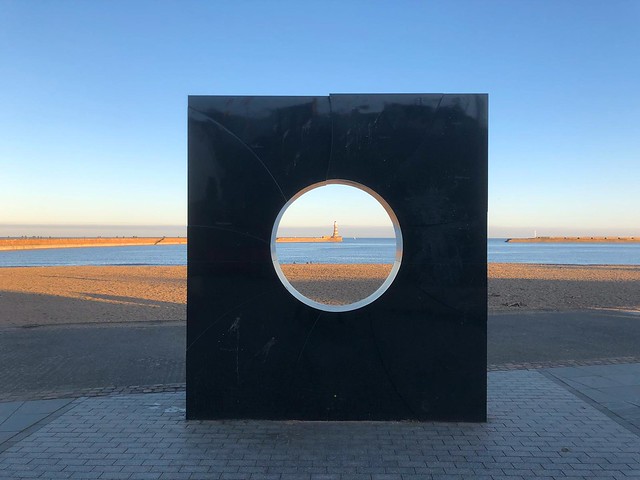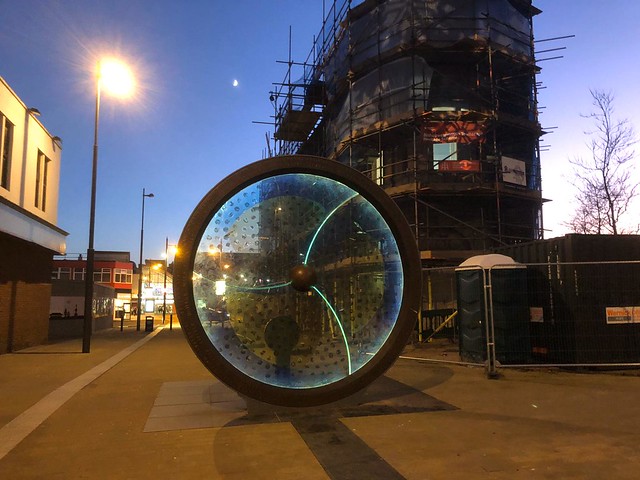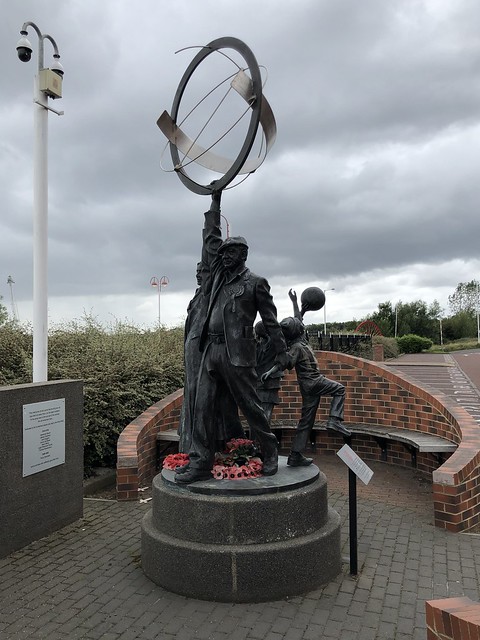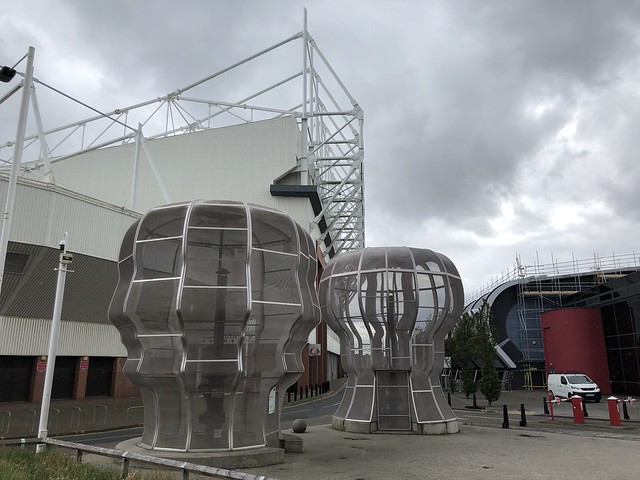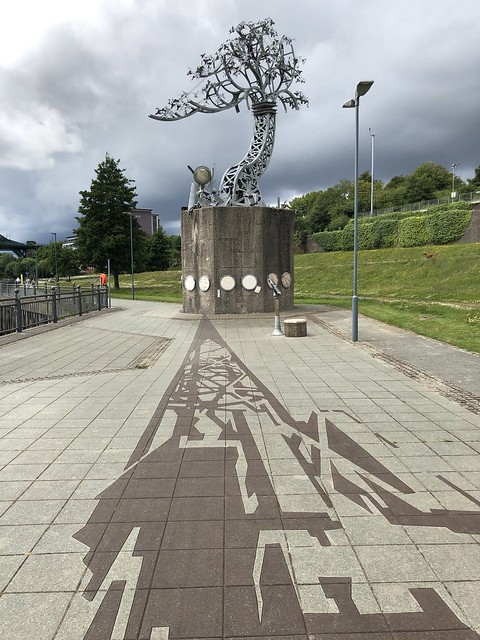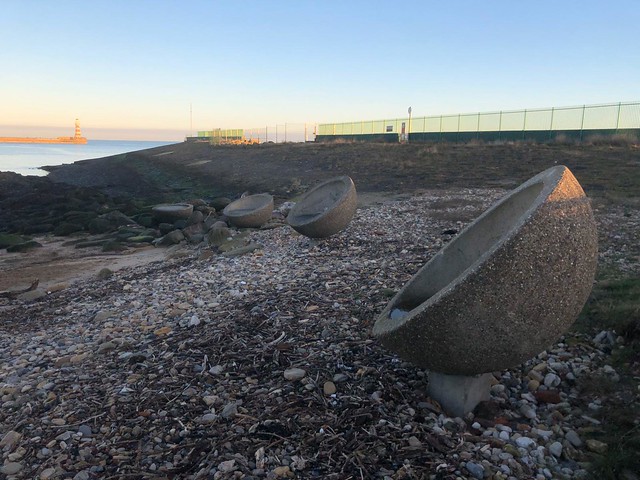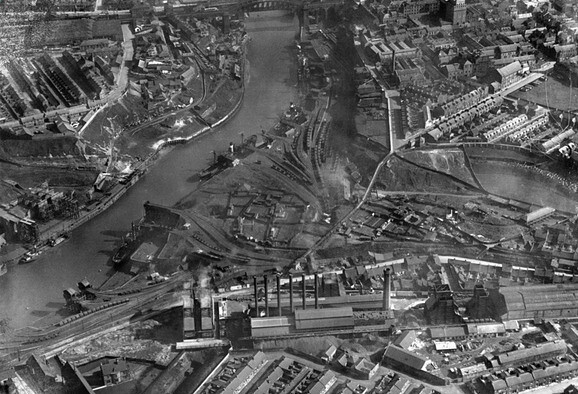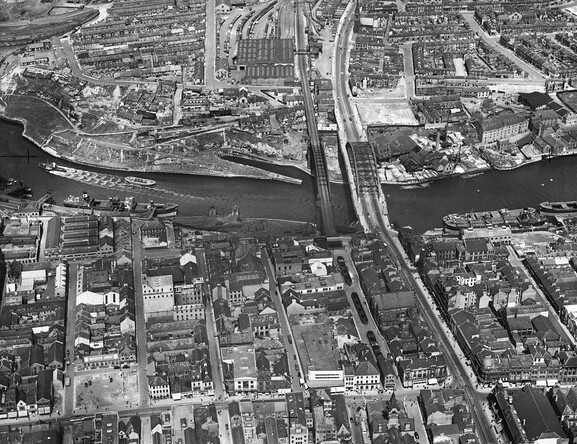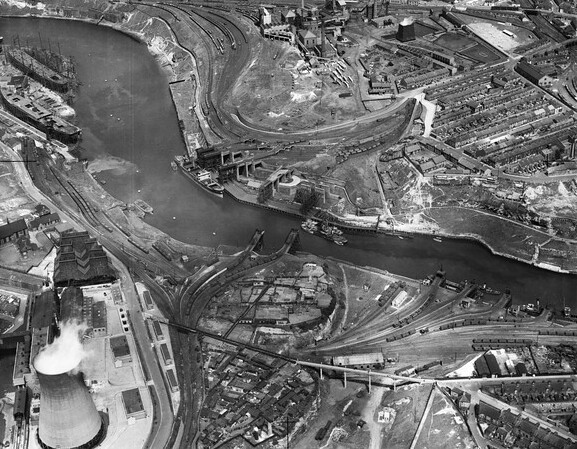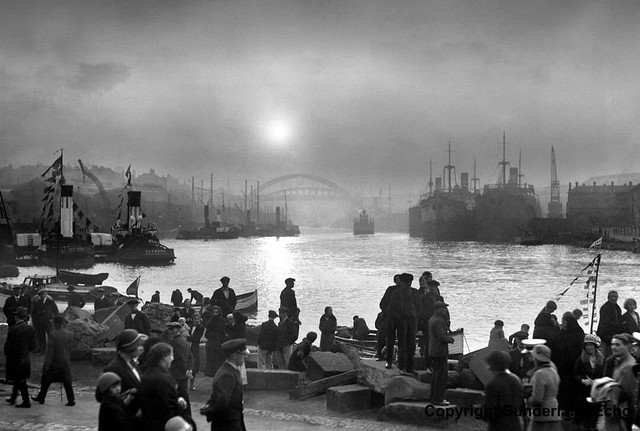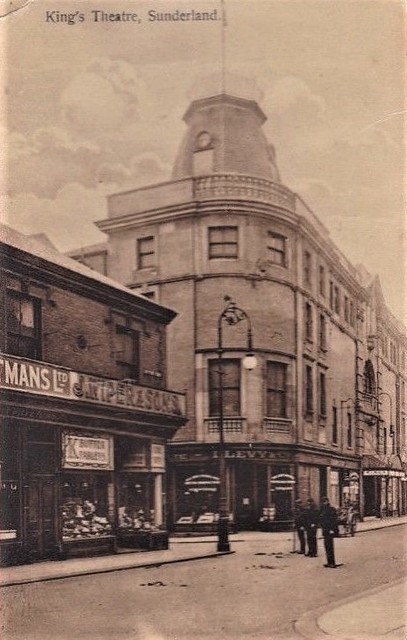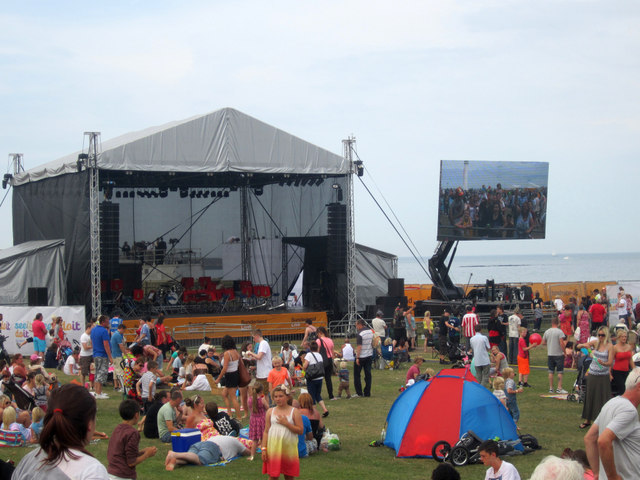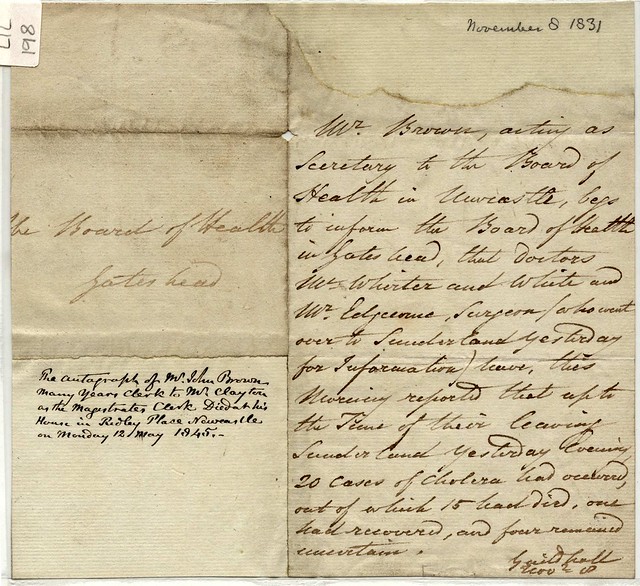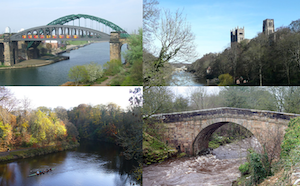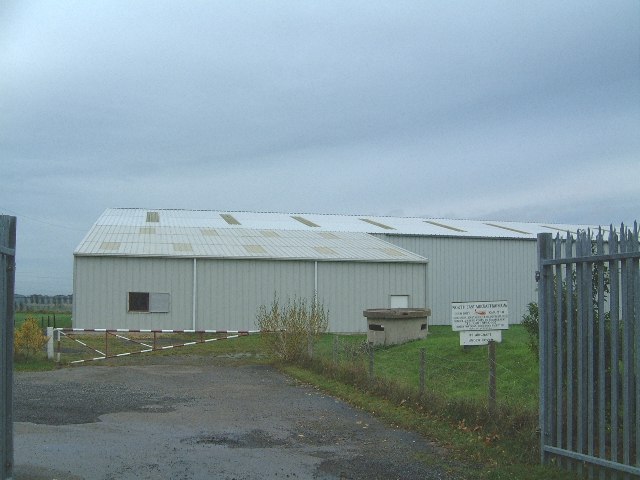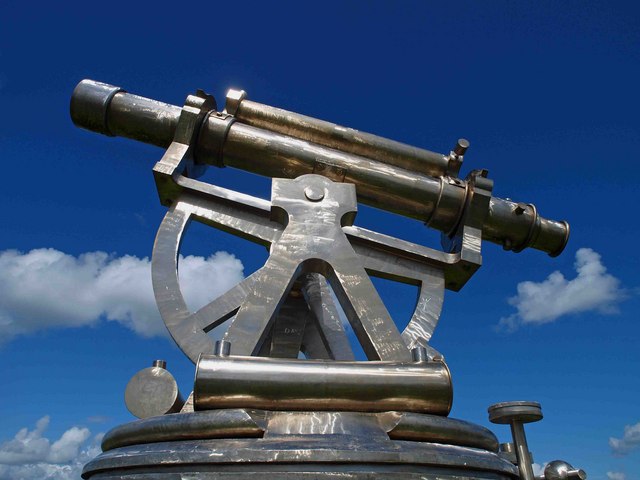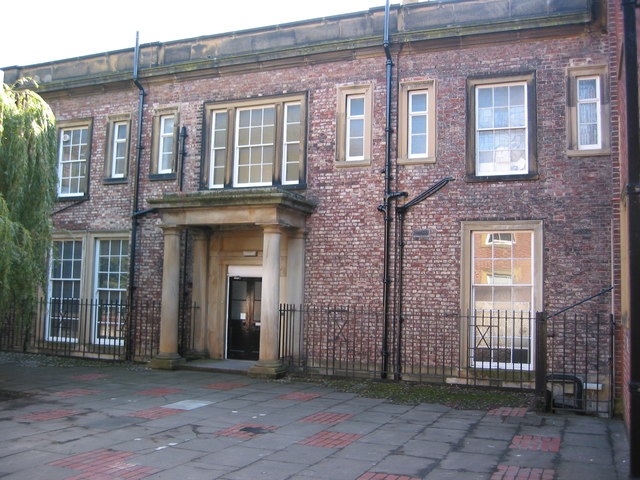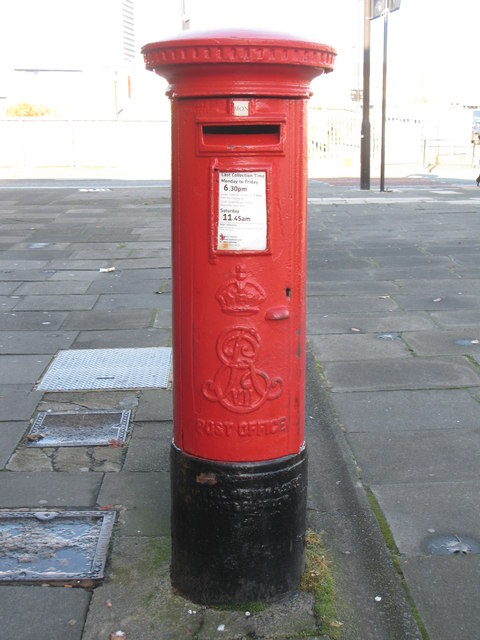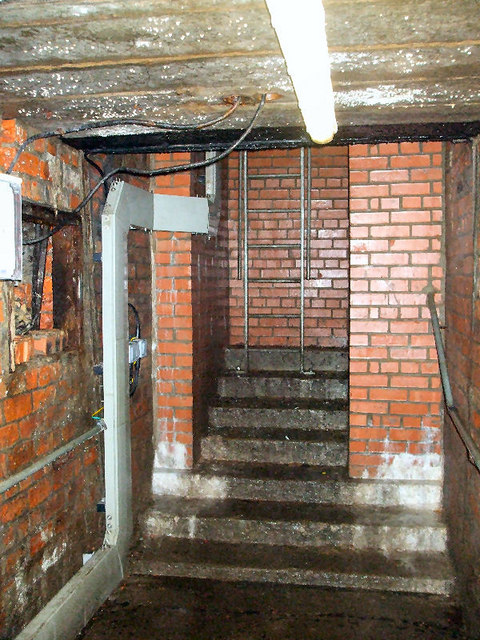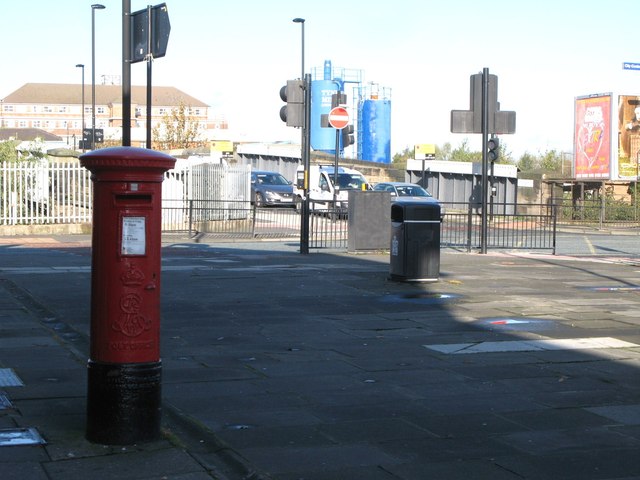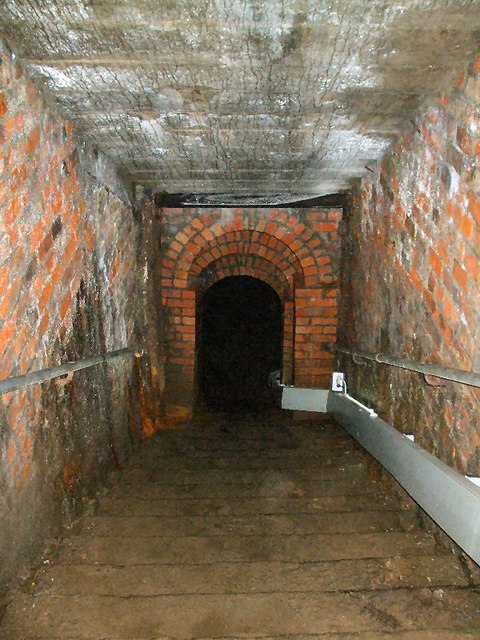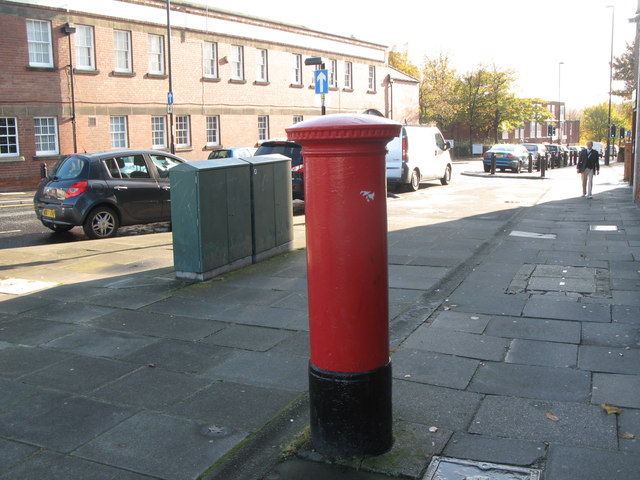Topics > Tyne and Wear > Sunderland
Sunderland
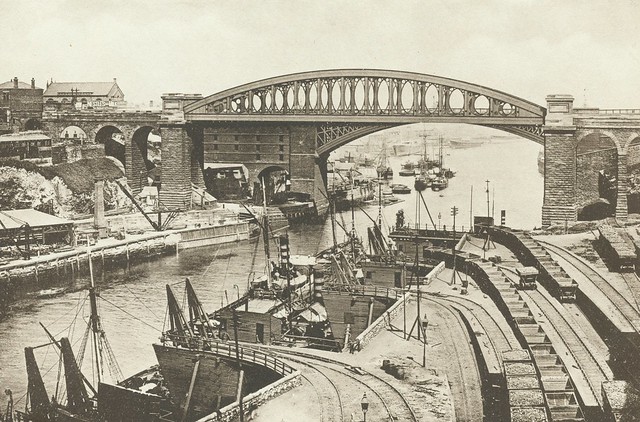 The City of Sunderland is located in Tyne and Wear, in the North East England. The former Metropolitan Borough of Sunderland was formed in 1974, incorporating Sunderland (town), Hetton-le-Hole, Houghton-le-Spring, Washington, and other settlements. Historically these were part of County Durham. The Metropolitan Borough of Sunderland was granted city status in 1992 and is now a unitary authority. The city had a population of 275,300 at the time of the 2011 Census, with the majority of the population (174,286) residing in Sunderland. The wider city includes rural areas, with former mining villages, such as Easington Lane and Ryhope. Sunderland (former town, and now the city centre) is located at the mouth of the River Wear, and has a rich cultural and industrial heritage. In 674 AD, Benedict Biscop (made the patron saint of the city in 2004) founded the Monkwearmouth Abbey on the north side of the River Wear. On the south side of the river, the monastery at Bishopwearmouth was founded in 930 AD. At that time Sunderland was a small fishing village, but later it developed into a thriving port and ship building centre; Sunderland grew and absorbed Monkwearmouth and Bishopwearmouth. Along the coast are Roker and Seaburn, which host the annual Sunderland International Airshow.
The City of Sunderland is located in Tyne and Wear, in the North East England. The former Metropolitan Borough of Sunderland was formed in 1974, incorporating Sunderland (town), Hetton-le-Hole, Houghton-le-Spring, Washington, and other settlements. Historically these were part of County Durham. The Metropolitan Borough of Sunderland was granted city status in 1992 and is now a unitary authority. The city had a population of 275,300 at the time of the 2011 Census, with the majority of the population (174,286) residing in Sunderland. The wider city includes rural areas, with former mining villages, such as Easington Lane and Ryhope. Sunderland (former town, and now the city centre) is located at the mouth of the River Wear, and has a rich cultural and industrial heritage. In 674 AD, Benedict Biscop (made the patron saint of the city in 2004) founded the Monkwearmouth Abbey on the north side of the River Wear. On the south side of the river, the monastery at Bishopwearmouth was founded in 930 AD. At that time Sunderland was a small fishing village, but later it developed into a thriving port and ship building centre; Sunderland grew and absorbed Monkwearmouth and Bishopwearmouth. Along the coast are Roker and Seaburn, which host the annual Sunderland International Airshow.
Can you help build the Sunderland Timeline
The City of Sunderland is a local government district of Tyne and Wear, in North East England, with the status of a city and metropolitan borough. It is named after its largest settlement, Sunderland, but covers a far larger area which includes the towns of Hetton-le-Hole, Houghton-le-Spring, Washington, and a range of suburban villages.
The district was formed in 1974, titled the Metropolitan Borough of Sunderland, as part of the provisions of the Local Government Act 1972 and is an amalgamation of four former local government districts of County Durham. It was granted city status in 1992, the 40th anniversary of the Queen Elizabeth II's accession. The city had a population of 275,300 at the time of the 2011 census, with the majority of the population (174,286) residing in Sunderland. The 'Sunderland Built-up Area' (including Whitburn in South Tyneside and Chester-le-Street, Ouston, South Hetton and Pelton in County Durham) is quoted alternatively as having a population of around 335,000.
History
The metropolitan borough was formed in 1974 under the Local Government Act 1972 by the merger of several districts of County Durham - Washington Urban District, Houghton-le-Spring Urban District and Hetton Urban District - with the County Borough of Sunderland.
The metropolitan borough was granted city status in 1992, the 40th anniversary of the Queen's accession. At the Queen's Golden Jubilee the city petitioned to be allowed a Lord Mayor, but was unsuccessful. Although the city does not have a Cathedral, as it is located in the Diocese of Durham, it does have Sunderland Minster.
Between 1939 and 1945 the Wear yards launched 245 merchant ships totalling 1.5 million tons, a quarter of the merchant tonnage produced in the UK at this period. Competition from overseas caused a downturn in demand for Sunderland built ships toward the end of the 20th century. The last shipyard in Sunderland closed in 1988.
HMS Ocean, the Royal Navy's biggest warship, is Sunderland's adopted ship. In March 2004 it was granted the freedom of the City. St Benedict Biscop was adopted as the City's Patron Saint in March 2004.
City government
Boundary review 2004
Like all metropolitan authorities, the city is divided into a number of wards or electoral districts. Each has three councillors elected for a four-year term. One third of councillors face re-election each year, and no city elections are held in the fourth year of the election cycle - this was when each ward's sole metropolitan county councillor was elected, prior to the county council's abolition in 1986.
The City has 25 such wards. When the boundaries of these wards were set in 1982, each ward had a roughly equal population. By 2004 there had been a considerable shift in population. In particular, the east and south east – the old parish of Sunderland and the mining village of Ryhope – had lost population to the "New Town" of Washington. As a result, the boundaries were redrawn; Sunderland lost one ward and Washington gained one. The 2004 election for all 75 councillors was held on 10 June 2004.
Functions
The Local Government Act 1972 created two different two-tier systems for local administration, with different division of functions. As a metropolitan authority, Sunderland retained responsibility for waste collection, although disposal of the garbage was a county function, and for education. In 1986, when Tyne and Wear Metropolitan County Council was abolished, most county functions became the responsibility of the constituent districts, whilst new joint boards assumed the co-ordinating roles in the county. Thus control over economic development, of the Museums and Archive Service, of the Tyne and Wear Fire and Civil Defence Authority and of the Passenger Transport Authority is exercised not by committees of directly elected county councillors but by nominees chosen by the elected members of the five district authorities.
Sunderland has not had a separate police force since 1967, when the Borough of Sunderland Police merged with Durham Constabulary. The City is now part of the Northumbria Police Force area. This force was set up in 1974, and covers the whole of Tyne and Wear plus the much larger but much less densely populated county of Northumberland.
The city is unparished, except for Hetton-le-Hole which is a civil parish, and which has a town council.
Political structure
The City has had a Labour controlled council since 1974, and often before that. After the elections of May 2003 the political structure was 63 Labour, 9 Conservative, and 1 independent. The only Liberal Party councillor sat with the only Liberal Democrat as a "Liberal/Democrat" group. Three Councillors resigned from the Labour Party following disputes over the selection of candidates for the 2004 elections. Two became independent members; one joined the Liberal Democrat party, becoming group leader after the 2004 municipal elections.
The reorganisation of electoral areas saw major changes in all but two wards, but the elections of 10 June 2004, the first fought under the new boundaries, saw little change in the political representation of the City as a whole, with 61 Labour, 12 Conservative, and 2 Liberal Democrat councillors elected.
The Conservative party won all three seats in a new ward whose boundaries spanned several old wards. The Liberal Democrats stronghold ward was abolished entirely, and became part of four new wards, and the Liberal Democrat councillors elected in 2004 were from two very different areas.
Following further disputes within the Labour Party, three councillors resigned the whip at the end of 2006 and, joined by one of the Liberal Democrat members formed an independent group, which is the minority party in opposition.
At the elections of May 2007, the Labour Party continued their decline. Labour lost three seats to the Conservatives, whilst former Labour Mayor Mrs Julianna Heron lost to an independent: the same person who had defeated her husband in 2003 and who was in turn defeated by him in 2004. The Conservative party made further significant gains in the 2008 election, gaining five additional seats and strengthening their support in others.
The election in 2010, held at the same time as the general election saw Labour gain four seats to increase their majority. In the 2011 local elections Labour gained a further four seats from the Conservatives. After the 2015 General election the composition of the council was Labour 66, Conservative 6 and independent 3.
Parliamentary constituencies
Since major boundary changes in 2010, there are three constituencies covering the City of Sunderland, all currently regarded as safe for the Labour Party:
In the 1992, 1997, 2001 and 2005 General Elections, the former Sunderland South constituency was the first to declare the results, and the tradition was continued by the new Houghton and Sunderland South seat in 2010.
The whole City of Sunderland is within the North East England European Parliamentary constituency.
Twin towns
Sunderland is twinned with: Essen, Germany and Saint-Nazaire, France. It also has Friendship Agreements with Washington, DC, USA; and Harbin and Nanjing, both in the People's Republic of China.
Sunderland and Washington share historical links, as the ancestors of the first President of the United States of America, George Washington, lived in Washington Old Hall, which is within the municipal boundaries of Sunderland.
Dialect
The Mackem accent and dialect is often mistaken for Geordie by people not from the region, as the two tongues sound very similar in pronunciation and diction.
The dialect also has several variations between different areas of the City, as demonstrated when the hoax tapes purporting to be of the Yorkshire Ripper were analysed. The tapes were made by a man who came to be known as Wearside Jack, and were thought by linguistic experts to be made by someone specifically from the Castletown area of Sunderland. When the perpetrator, John Humble was eventually caught he confirmed that he did indeed attend school in the Castletown area of Sunderland in his childhood.
Culture
Art and literature
Walrussundcolour1.jpg|thumb|right| The Walrus in Mowbray Park, Sunderland
Lewis Carroll was a frequent visitor to the area. He wrote most of Jabberwocky at Whitburn as well as "The Walrus and the Carpenter". Some parts of the area are also widely believed to be the inspiration for his Alice in Wonderland stories, such as Hylton Castle and Backhouse Park. There is a statue to Carroll in Whitburn library. Lewis Carroll was also a visitor to the Rectory of Holy Trinity Church, Southwick; then a township independent of Sunderland. Carroll's connection with Sunderland, and the area's history, is documented in Bryan Talbot's 2007 graphic novel Alice in Sunderland. More recently, Sunderland-born Terry Deary, writer of the series of Horrible Histories books, has achieved fame and success, and many others such as thriller writer Sheila Quigley, are following his lead.
The Salford-born painter, L. S. Lowry, was a frequent visitor, staying in the Seaburn Hotel in Sunderland. Many of his paintings of seascapes and shipbuilding are based on Wearside scenes. The Northern Gallery for Contemporary Art on Fawcett Street and Sunderland Museum and Winter Gardens showcase exhibitions and installations from up-and-coming and established artists alike, with the latter holding an extensive collection of Lowry's work. The National Glass Centre on Liberty Way also exhibits a number of glass sculptures.
The Bath-based writer, Dan W.Griffin was a student at Sunderland University between 1991 and 1995. His experiences are described in his book, No stranger to the P45.
Music
Sunderland has produced a modest number of musicians that have gone on to reach international fame, most notably Dave Stewart of the Eurythmics. Kenickie, which featured Lauren Laverne on vocals, also achieved a top ten album and wide critical acclaim in the mid-to-late-1990s. In recent years, a thriving underground music scene in Sunderland has helped the likes of Smalltown Heroes, The futureheads, Field Music and more recently Frankie & The Heartstrings gain national recognition.
Other famous Sunderland musicians include punk rockers The Toy Dolls, who broke the top five of the charts with "Nellie the Elephant" in December 1984; the punk rock band Leatherface; the lead singer of dance outfit Olive, Ruth Ann Boyle, who achieved a UK chart-topper with "You're Not Alone" in May 1997, and has gone on to work with fellow chart-toppers Enigma; A Tribe of Toffs made number 21 with their cult hit "John Kettley is a Weatherman" in December 1988.
On 7 and 8 May 2005, Sunderland played host to BBC Radio 1's Big Weekend concert - the UK's largest free music festival. The event, held at Herrington Country Park in the shadow of Penshaw Monument, was attended by 30,000 visitors and featured Foo Fighters, Kasabian, KT Tunstall, Chemical Brothers and The Black Eyed Peas.
The Empire Theatre sometimes plays host to music acts. In 2009, it hosts Jane McDonald and The Drifters among others.
The Sunderland Stadium of Light has hosted regular concerts since 2009, including the likes of Oasis, Take That, Coldplay, Kings of Leon and Red Hot Chili Peppers.
Theatre
The Sunderland Empire Theatre, opened in 1907, is the largest theatre in the North East, reopened in December 2004 following a major redevelopment allowing it to stage West End shows such as Miss Saigon, Starlight Express and My Fair Lady, all of which have been performed at the Empire. The Empire is the only theatre between Leeds and Glasgow large enough to accommodate such shows. It has also played host to an annual season from the Birmingham Royal Ballet for over ten years.
The Royalty Theatre is the home of the amateur Royalty Theatre group who also put on a number of low-budget productions throughout the year. Renowned film producer David Parfitt belonged to this company before achieving worldwide fame and is now a patron of the theatre.
The Empire also played host to the final performance of comic actor Sid James, who died of a heart attack whilst on stage in 1976.
Economy
Sunderland is home to a Nissan car manufacturing plant.
Over recent years Sunderland city centre has seen a re-development of the Sunniside area taking place, with new bars, cafes and retailers opening their doors on the Eastern side of the city. The Sunniside area now includes an Empire Cinema, Gala Casino and many surrounding eateries.
The Bridges Shopping Centre covers much of the City Centre and was opened in 1988. It is currently owned by Land Securities Group after they purchased the site in 1990. The centre receives over 26 million shopping visits every year.
Media, internet, film and television
Sunderland has two local newspapers: the daily evening tabloid The Sunderland Echo, founded in 1873, and the Sunderland Star - a free newspaper. It also has its own local radio station Sun FM, a community radio station Spark FM and a hospital radio station - Radio Sunderland for Hospitals, and can receive other north-eastern independent radio stations Metro Radio, Magic 1152, Galaxy North East and
Century Radio. The current regional BBC radio station is BBC Radio Newcastle. The regional DAB multiplex for the Sunderland area is operated by Bauer Digital Radio plc. The city is covered by BBC North East and Cumbria and ITV's Tyne Tees franchise, which has a regional office in the University's Media Centre.
Sunderland's first film company was established in 2008; and is known as "Tanner Films Ltd" and is based in the Sunniside area of the city. The companies first film, "King of the North" starring Angus MacFadyen and set in the Hetton-le-Hole area of the city; is currently under production.
Sunderland was named "The Facebook Capital of Britain" by the BBC in February 2010. The statistics showed that people in Sunderland were more likely to log on to the social networking site than anywhere else in the UK.
Sport
The only professional sporting team in Sunderland is the football team, Sunderland A.F.C., which was formed in 1879, and plays home games at the 49,000 seat capacity Stadium of Light.
Sunderland also has the north-east's top women's football team, Sunderland A.F.C. Women, who have been financially separated from the men's team since summer 2005. They currently play in the top tier of English women's football - FA Women's Premier League National Division, despite their financial struggles.
Sunderland's longest stadium occupancy so far was of Roker Park for 99 years beginning in 1898, with relocation taking place due to the stadium's confined location and the need to build an all-seater stadium. The initial relocation plan had been for a stadium to be situated alongside the Nissan factory, but these were abandoned in favour of the Stadium of Light at Monkwearmouth on the site of a colliery that had closed at the end of 1993.
Since the dissolution of Sunderland Nissan F.C., Sunderland itself now has only one non-league side, Sunderland Ryhope Community Association F.C.
who now play in the Northern League Division One after a successful promotion campaign in the 2009/10 season. However Washington F.C. also hail from Washington in the City.
2008 Olympic boxing silver medalist Tony Jeffries hails from Sunderland. MMA fighters Ross "The Real Deal" Pearson and Ian "The Machine" Freeman also hail from Sunderland.
Visit the page: City of Sunderland for references and further details. You can contribute to this article on Wikipedia.

from Newcastle libraries (flickr)
044573:Newcastle v Sunderland derby match St. James Park Newcastle upon Tyne Evening Chronicle 1904
Pinned by Co-Curate Team
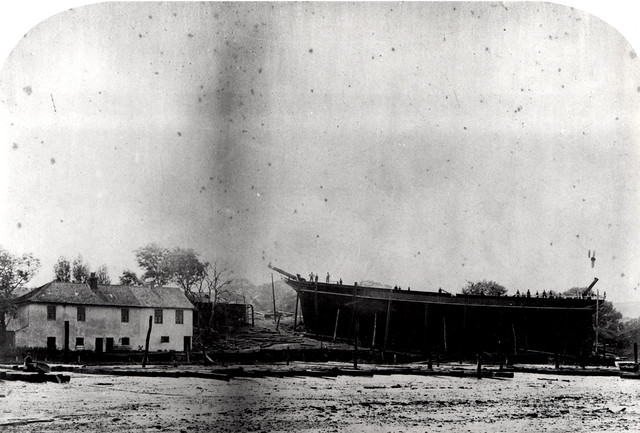
from Newcastle libraries (flickr)
055987:Short Brothers, Mowbray Quay Ship Building Yard Sunderland c. 1850
Pinned by Co-Curate Team
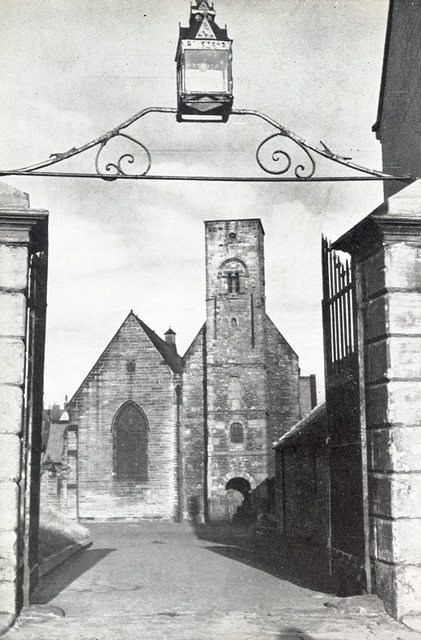
from Newcastle libraries (flickr)
010937:St. peter's church Monkwearmouth Sunderland 1950
Pinned by Co-Curate Team

from Newcastle University (youtube)
The Model Makers - A Sunderland Industry (1927)
Pinned by Simon Cotterill

from Newcastle University (youtube)
Empire Day Parade In Sunderland (1934)
Pinned by Simon Cotterill

from http://books.google.co.uk/boo…
The History of the Town and Port of Sunderland, and the Parishes of Bishopwearmouth and Monkwearmouth. James Burnett, 1830
- Book from 1830 digitised by Google - free eBook.
Added by
Simon Cotterill
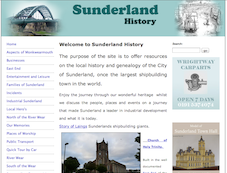
from http://www.sunderlandhistory.…
Sunderland History
- "The purpose of the site is to offer resources on the local history and genealogy of the City of Sunderland, once the largest shipbuilding town in the world."
Added by
Simon Cotterill
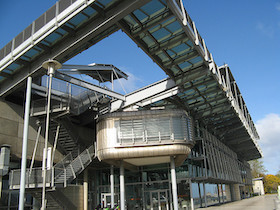
Co-Curate Page
National Glass Centre
- Overview About the Centre Map The National Glass Centre is free to visit and is part of the University of Sunderland. It includes a museum, demonstrations and the opportunity to …
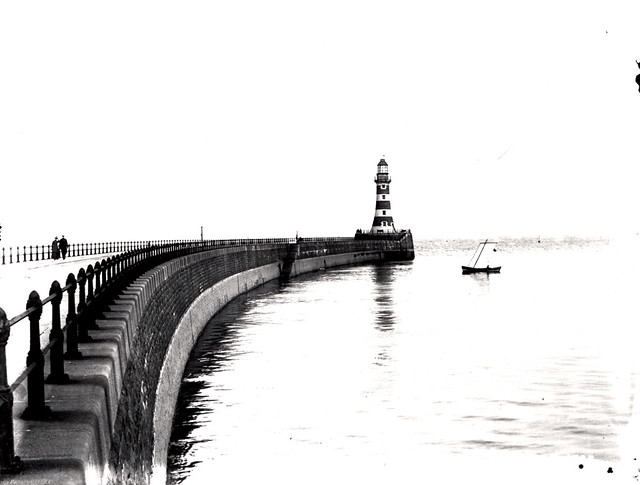
Co-Curate Page
Roker Pier and Lighthouse
- The foundation stone for the New North Pier (Roker Pier) at Sunderland was laid on 14 September 1885. With growing use of the port at Sunderland the piers were built …
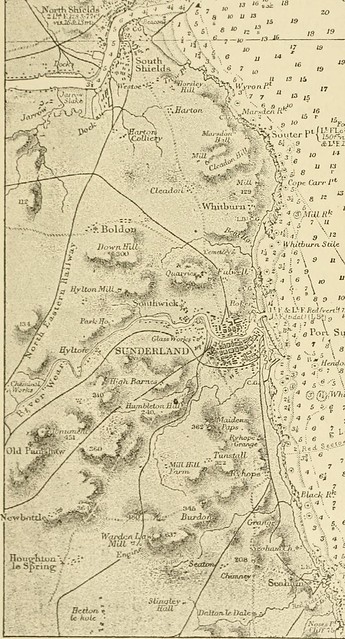
from Flickr (flickr)
Image from page 361 of "The earth and its inhabitants .." (1881)
Pinned by Simon Cotterill
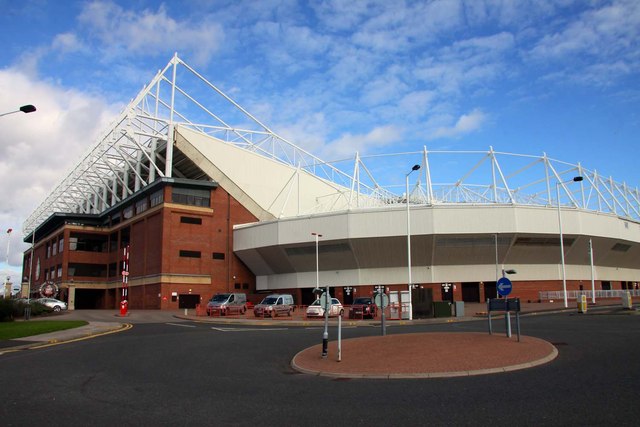
Co-Curate Page
Stadium of Light
- Overview Map Street View The Stadium of Light is an all-seater football stadium which is home to Sunderland AFC. The football club had been based at Roker Park for 99 …

from Flickr (flickr)
Image taken from page 81 of 'The history and antiquities of Sunderland and Bishopwearmouth, etc. (Memoir of Major General Sir Henry Havelock.) Vol. 1'
Pinned by Simon Cotterill

from Flickr (flickr)
Image taken from page 451 of 'An historical, topographical and descriptive view of the County Palatine of Durham, etc., by E. Mackenzie and [continued by] M. Ross'
Pinned by Simon Cotterill
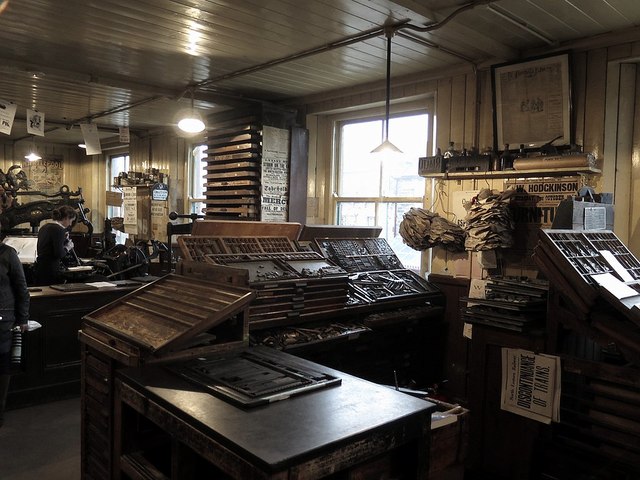
Co-Curate Page
Sunderland Daily Echo
- The first edition of the Sunderland Daily Echo and Shipping Gazette was published on the 22nd of December 1873. This was Sunderland's first local daily paper. Now know as the …

Co-Curate Page
Tall Ships Race, 2018
- The City of Sunderland was the start port for The Tall Ships Races in 2018. The tall ships were at the Port of Sunderland from the 11th -14th of July …
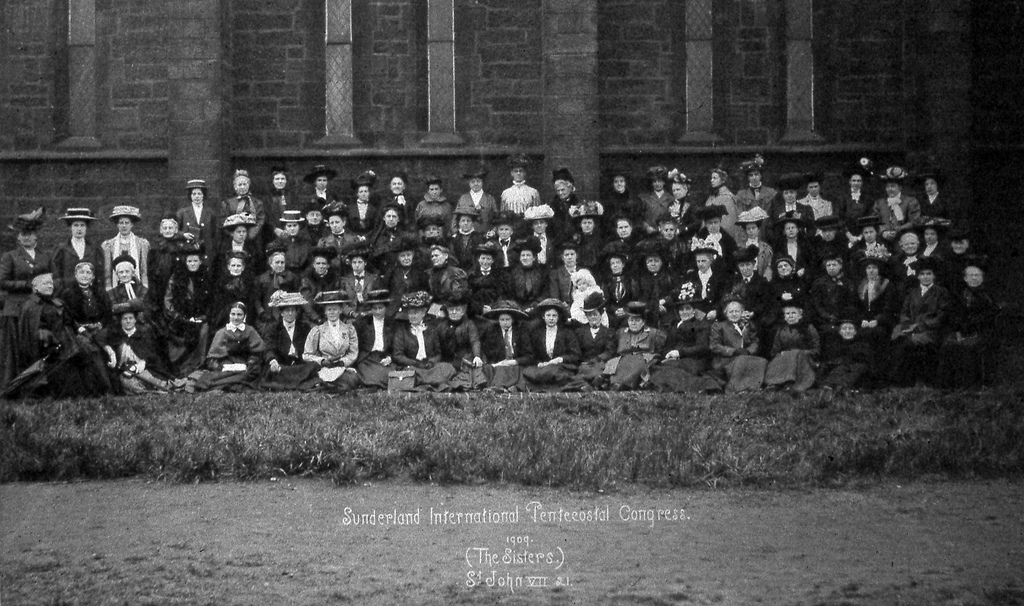
from Flickr (flickr)
1909 Sunderland International Pentecostal Convention Ladies 2
Pinned by Simon Cotterill
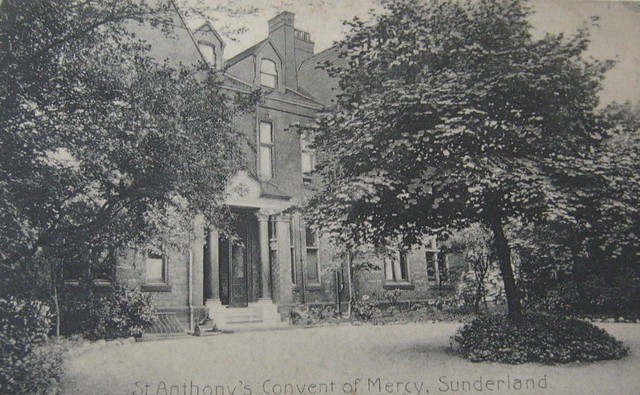
from Flickr (flickr)
TOP11562 - Postcard - St Anthony's Convent of Mercy, Sunderland
Pinned by Peter Smith
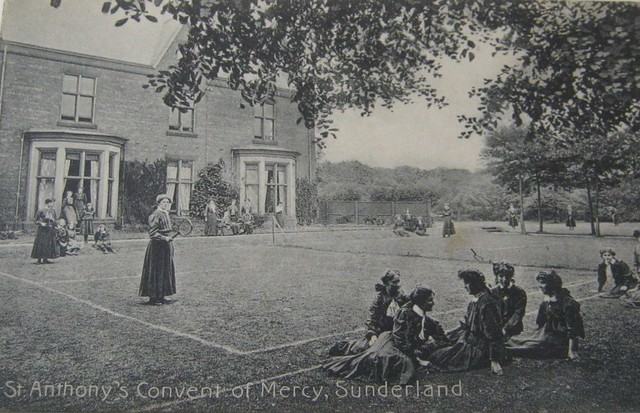
from Flickr (flickr)
TOP11560 - Postcard - St Anthony's Convent of Mercy, Sunderland
Pinned by Peter Smith
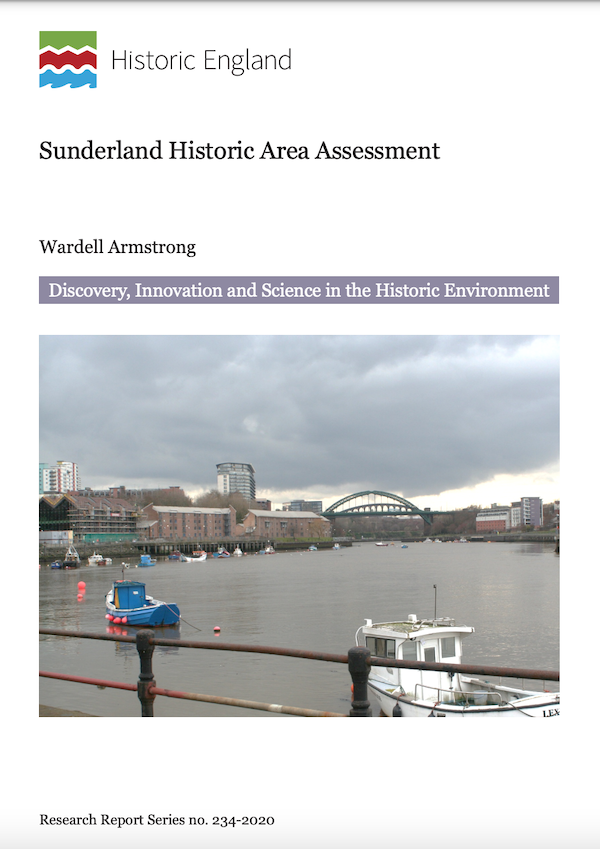
from https://historicengland.org.u…
Historic Area Assessment of Sunderland
- Richard Newman, Ariane Buschmann, Cat Peters and Holly Ann Carl. Historic England. 2018. ISSN 2059-4453 (Online). "....Sunderland has been chosen by Historic England in collaboration with relevant
local authorities as …
Added by
Simon Cotterill

from Youtube (youtube)
Last tram to cross Wear Bridge at Sunderland (1929)
Pinned by Simon Cotterill

from Youtube (youtube)
10th Annual Sunderland Carnival And Roker Regatta, 1933
Pinned by Simon Cotterill

from Youtube (youtube)
The world's first moveable bridge made of aluminum alloy is opened at Sunderland (1948)
Pinned by Simon Cotterill


from Newcastle libraries (flickr)
044573:Newcastle v Sunderland derby match St. James Park Newcastle upon Tyne Evening Chronicle 1904
Pinned by Co-Curate Team

from Newcastle libraries (flickr)
055987:Short Brothers, Mowbray Quay Ship Building Yard Sunderland c. 1850
Pinned by Co-Curate Team

from Newcastle libraries (flickr)
010937:St. peter's church Monkwearmouth Sunderland 1950
Pinned by Co-Curate Team

from Newcastle University (youtube)
The Model Makers - A Sunderland Industry (1927)
Pinned by Simon Cotterill

from Newcastle University (youtube)
Empire Day Parade In Sunderland (1934)
Pinned by Simon Cotterill

from http://books.google.co.uk/boo…
The History of the Town and Port of Sunderland, and the Parishes of Bishopwearmouth and Monkwearmouth. James Burnett, 1830
- Book from 1830 digitised by Google - free eBook.
Added by
Simon Cotterill

from http://www.sunderlandhistory.…
Sunderland History
- "The purpose of the site is to offer resources on the local history and genealogy of the City of Sunderland, once the largest shipbuilding town in the world."
Added by
Simon Cotterill

Co-Curate Page
National Glass Centre
- Overview About the Centre Map The National Glass Centre is free to visit and is part of the University of Sunderland. It includes a museum, demonstrations and the opportunity to …

Co-Curate Page
Roker Pier and Lighthouse
- The foundation stone for the New North Pier (Roker Pier) at Sunderland was laid on 14 September 1885. With growing use of the port at Sunderland the piers were built …

from Flickr (flickr)
Image from page 361 of "The earth and its inhabitants .." (1881)
Pinned by Simon Cotterill

Co-Curate Page
Stadium of Light
- Overview Map Street View The Stadium of Light is an all-seater football stadium which is home to Sunderland AFC. The football club had been based at Roker Park for 99 …

from Flickr (flickr)
Image taken from page 81 of 'The history and antiquities of Sunderland and Bishopwearmouth, etc. (Memoir of Major General Sir Henry Havelock.) Vol. 1'
Pinned by Simon Cotterill

from Flickr (flickr)
Image taken from page 451 of 'An historical, topographical and descriptive view of the County Palatine of Durham, etc., by E. Mackenzie and [continued by] M. Ross'
Pinned by Simon Cotterill

Co-Curate Page
Sunderland Daily Echo
- The first edition of the Sunderland Daily Echo and Shipping Gazette was published on the 22nd of December 1873. This was Sunderland's first local daily paper. Now know as the …

Co-Curate Page
Tall Ships Race, 2018
- The City of Sunderland was the start port for The Tall Ships Races in 2018. The tall ships were at the Port of Sunderland from the 11th -14th of July …

from Flickr (flickr)
1909 Sunderland International Pentecostal Convention Ladies 2
Pinned by Simon Cotterill

from Flickr (flickr)
TOP11562 - Postcard - St Anthony's Convent of Mercy, Sunderland
Pinned by Peter Smith

from Flickr (flickr)
TOP11560 - Postcard - St Anthony's Convent of Mercy, Sunderland
Pinned by Peter Smith

from https://historicengland.org.u…
Historic Area Assessment of Sunderland
- Richard Newman, Ariane Buschmann, Cat Peters and Holly Ann Carl. Historic England. 2018. ISSN 2059-4453 (Online). "....Sunderland has been chosen by Historic England in collaboration with relevant
local authorities as …
Added by
Simon Cotterill

from Youtube (youtube)
Last tram to cross Wear Bridge at Sunderland (1929)
Pinned by Simon Cotterill

from Youtube (youtube)
10th Annual Sunderland Carnival And Roker Regatta, 1933
Pinned by Simon Cotterill

from Youtube (youtube)
The world's first moveable bridge made of aluminum alloy is opened at Sunderland (1948)
Pinned by Simon Cotterill

Tyne and Wear
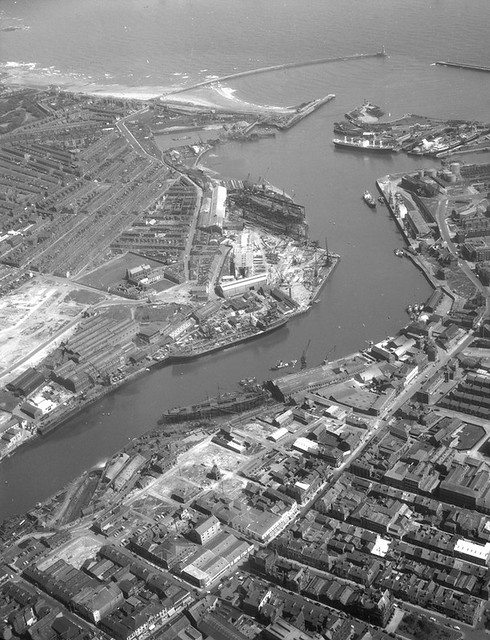
Sunderland City Centre
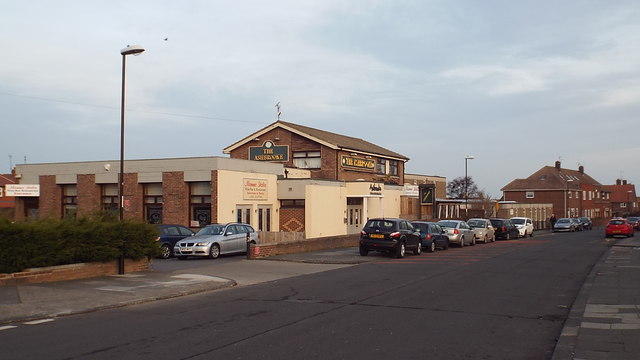
Ashbrooke
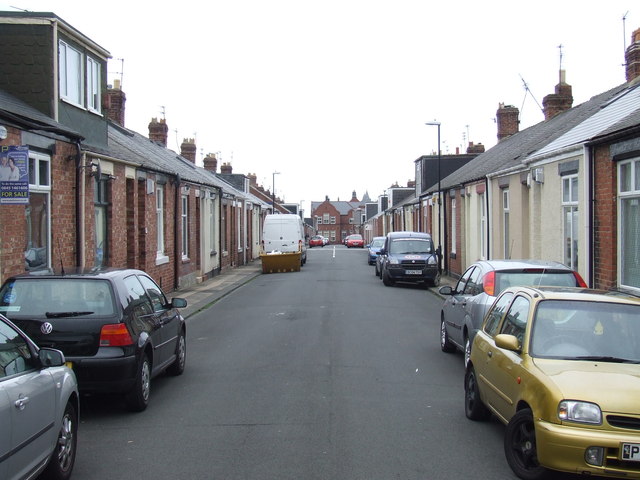
Barnes, Sunderland
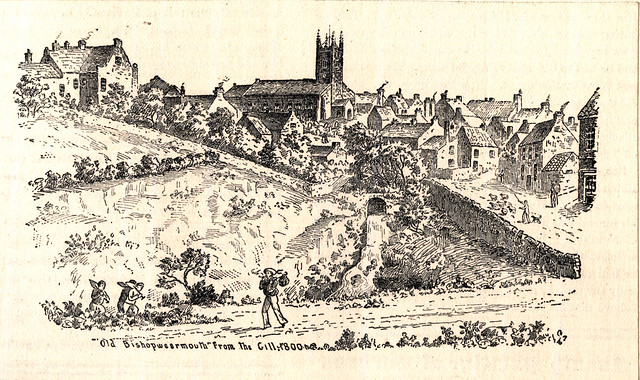
Bishopwearmouth

Burdon, Sunderland
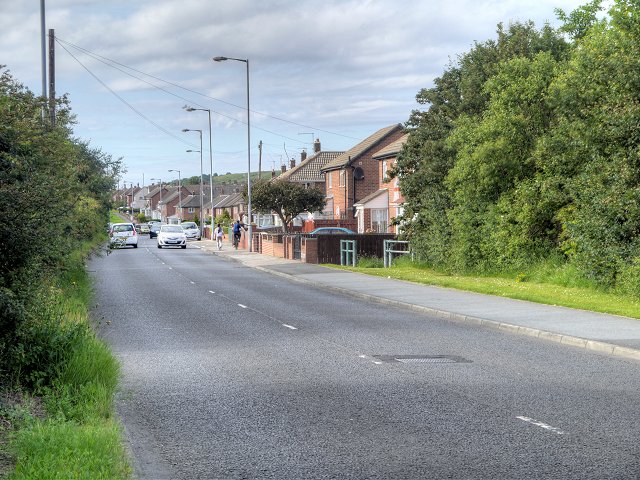
Castletown
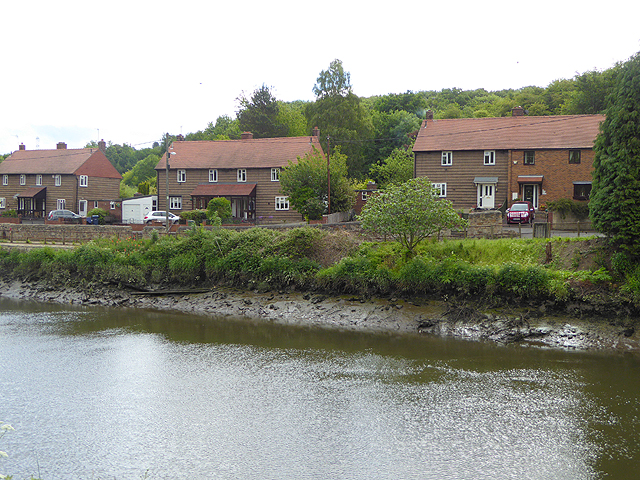
Cox Green, Sunderland
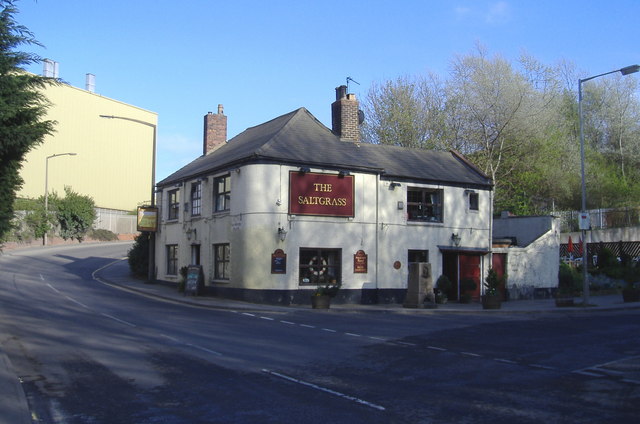
Deptford, Sunderland
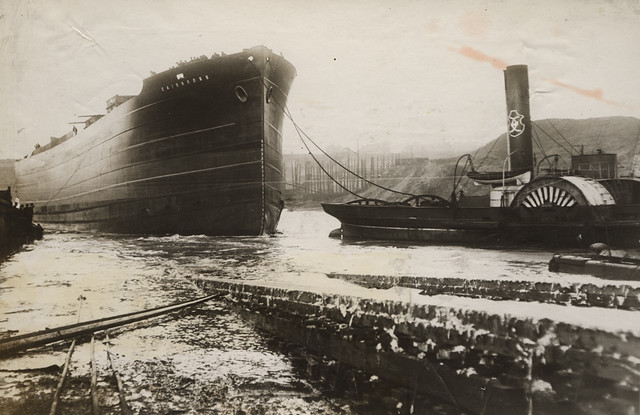
Doxford
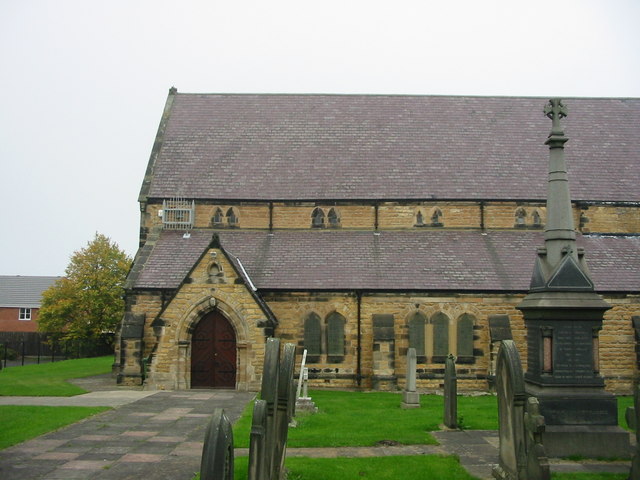
Easington Lane
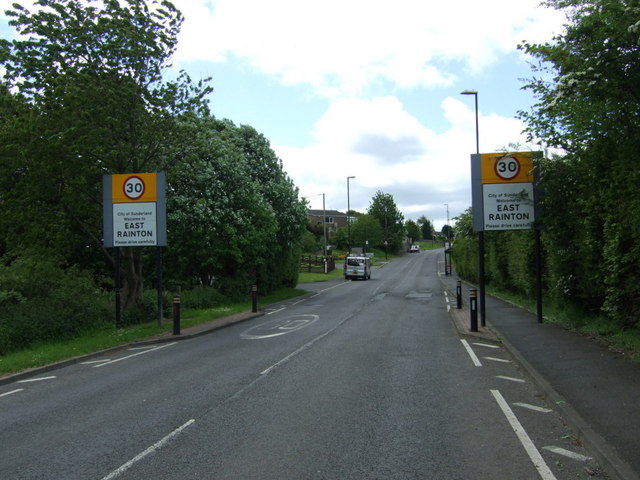
East Rainton
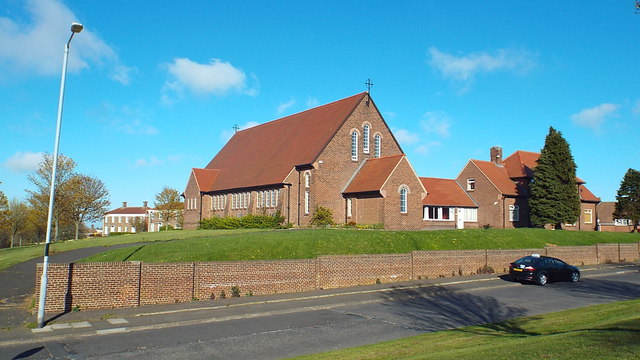
Farringdon, Sunderland
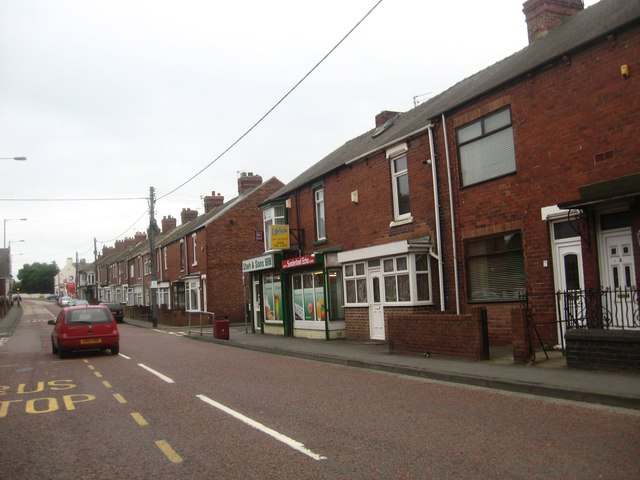
Fencehouses

Ford, Sunderland
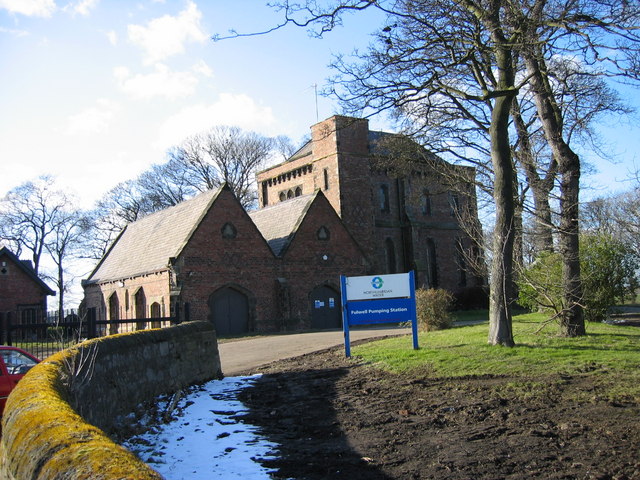
Fulwell, Sunderland
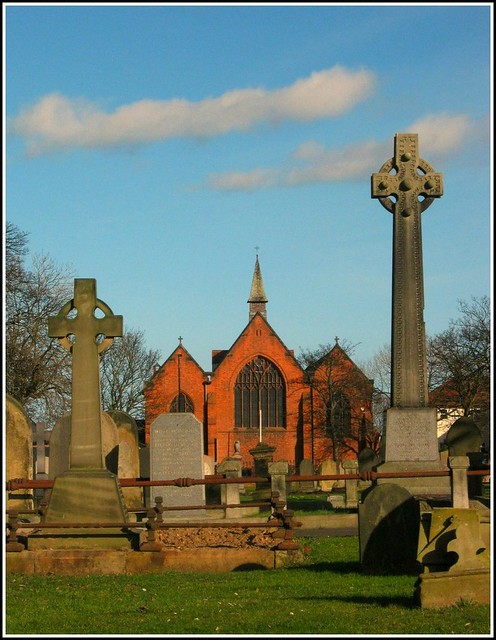
Grangetown, Sunderland
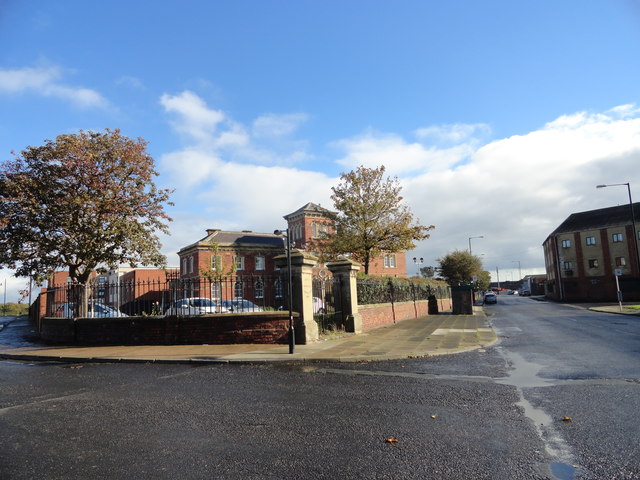
Hendon, Sunderland

Herrington

Hetton-le-Hole
Historic Buildings and Monuments in Sunderland
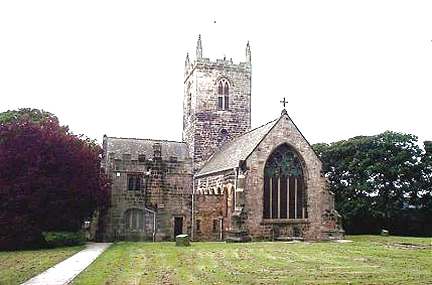
Houghton-le-Spring
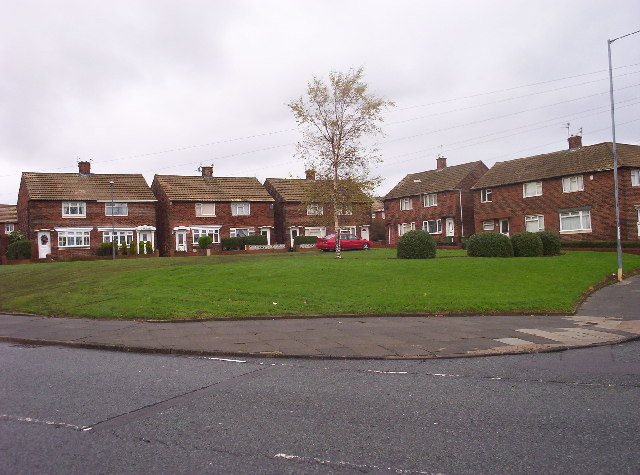
Hylton Red House
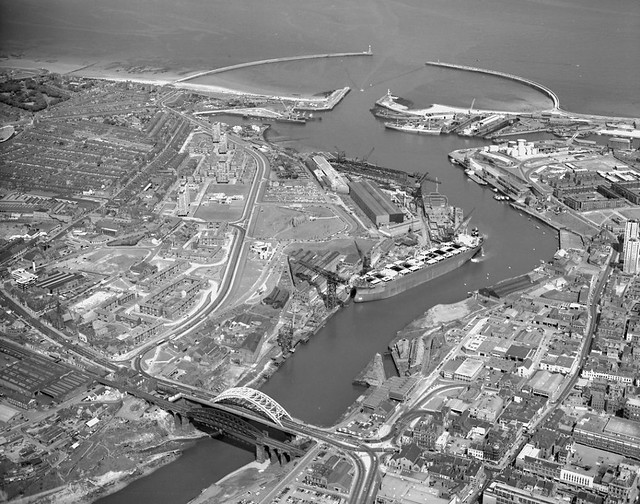
Map and Aerial View of Sunderland
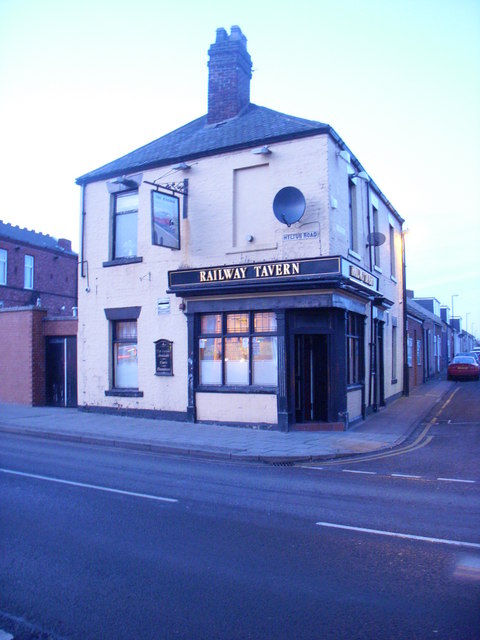
Millfield, Sunderland
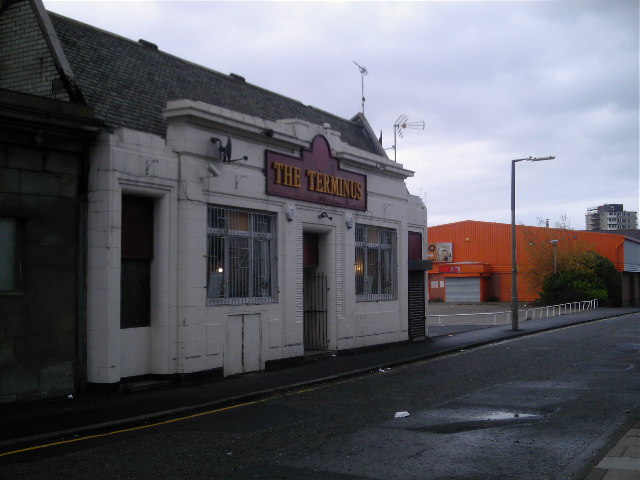
Monkwearmouth
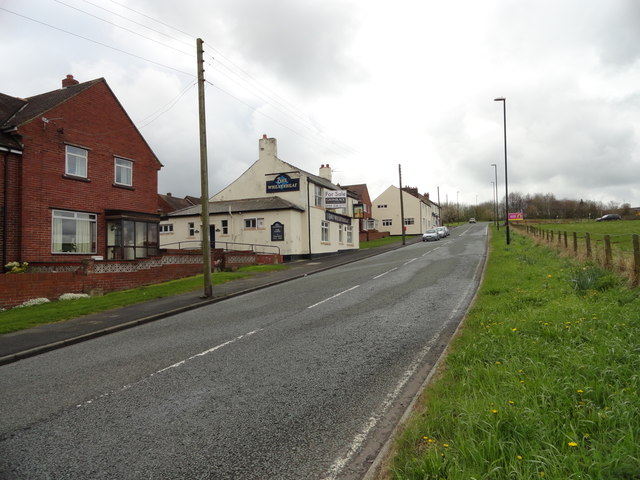
Moorsley

Newbottle
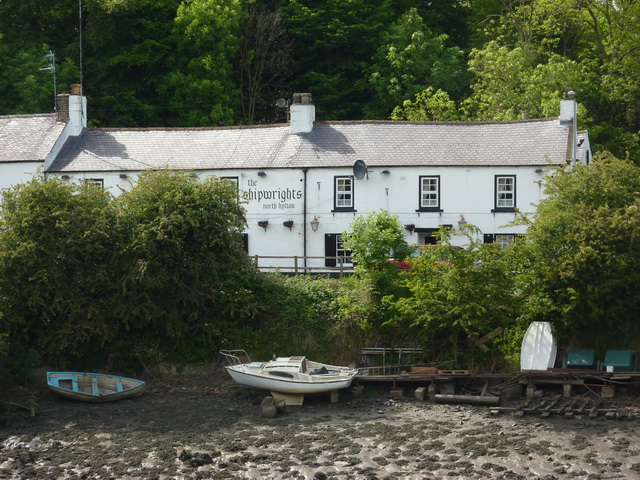
North Hylton
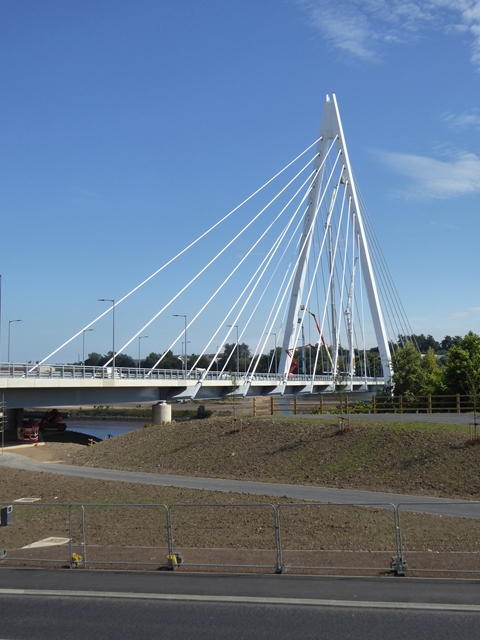
Northern Spire Bridge
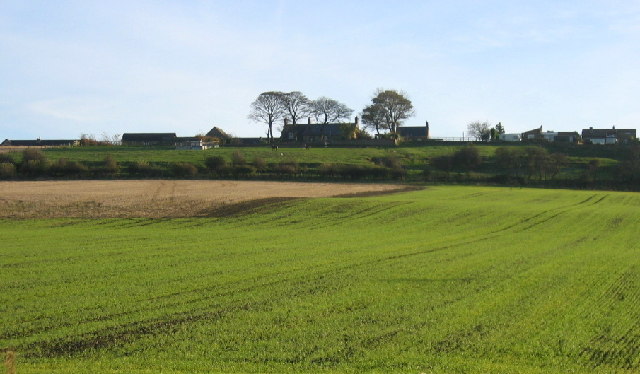
Offerton, Sunderland
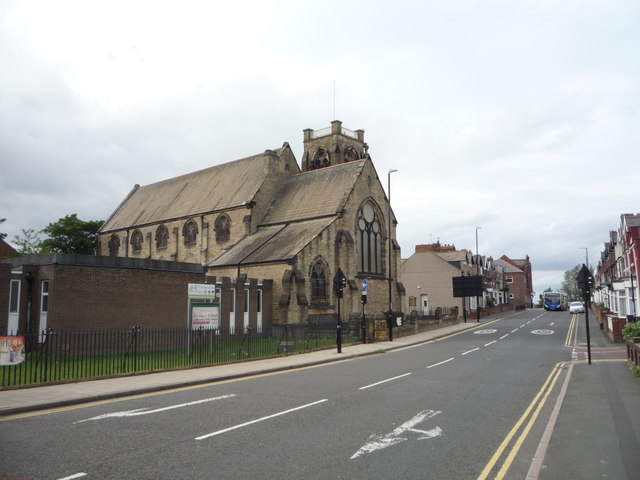
Pallion, Sunderland
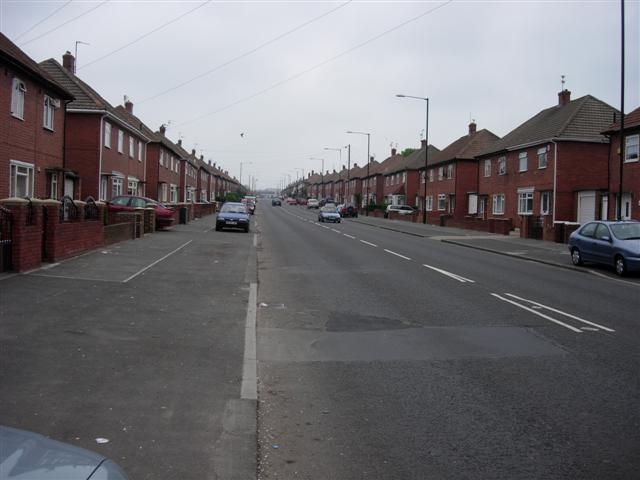
Pennywell, Sunderland
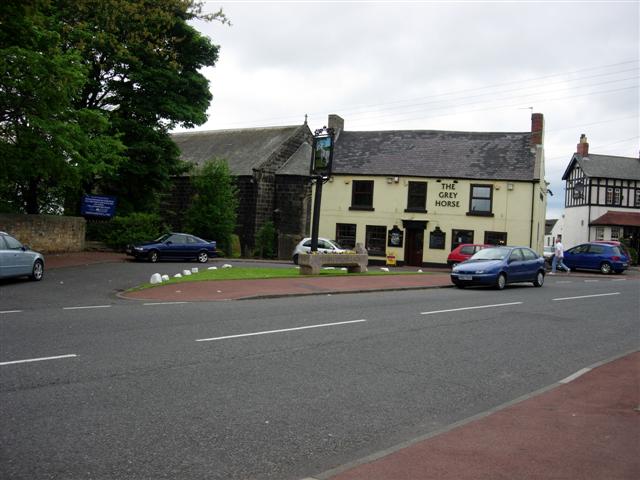
Penshaw
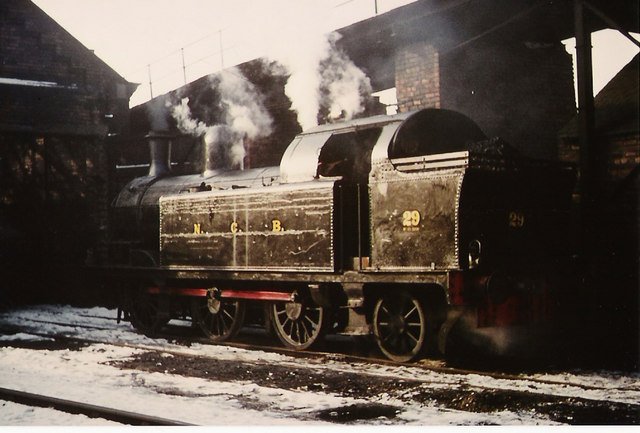
Philadelphia, Tyne and Wear
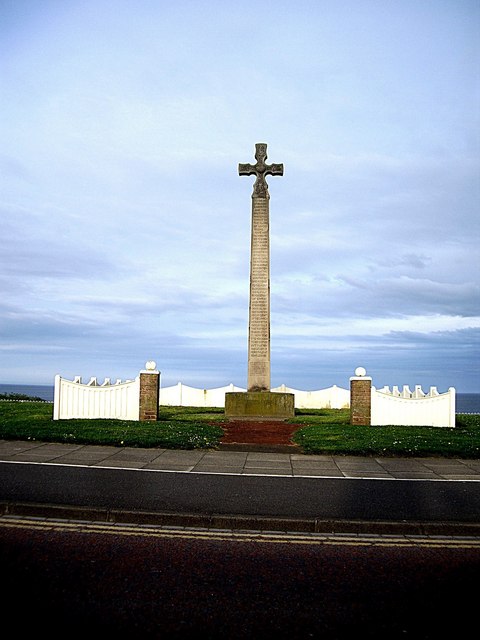
Roker
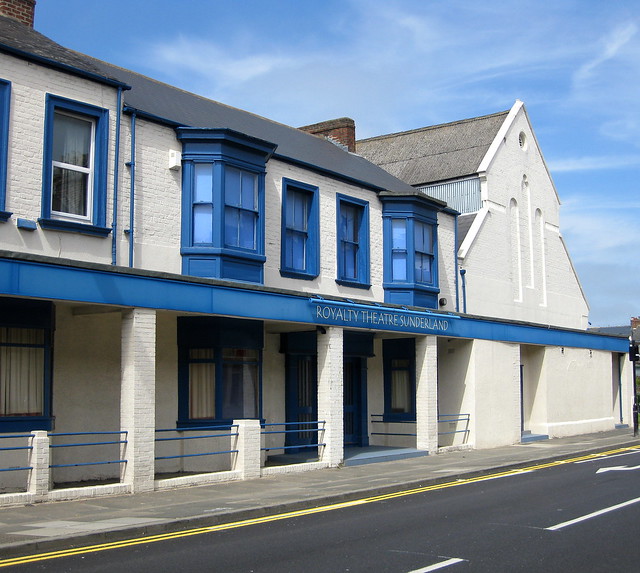
Royalty Theatre

Ryhope
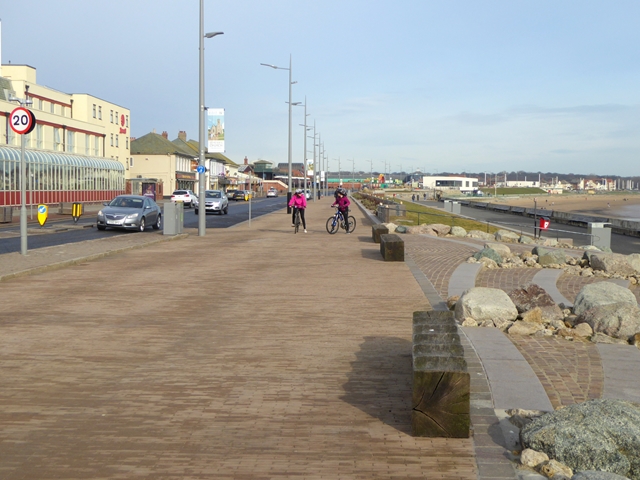
Seaburn
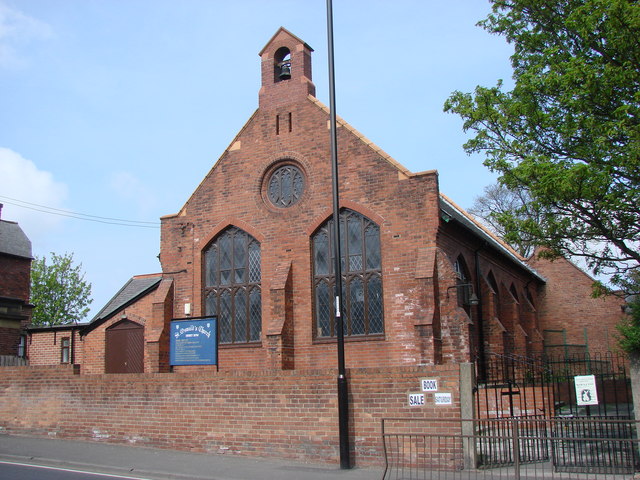
Shiney Row

Silksworth
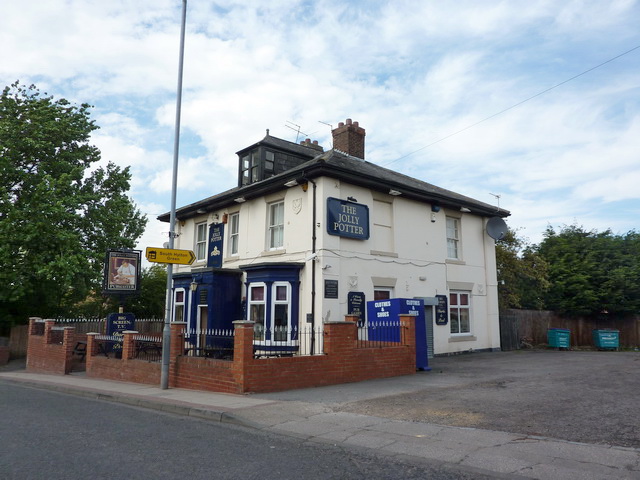
South Hylton
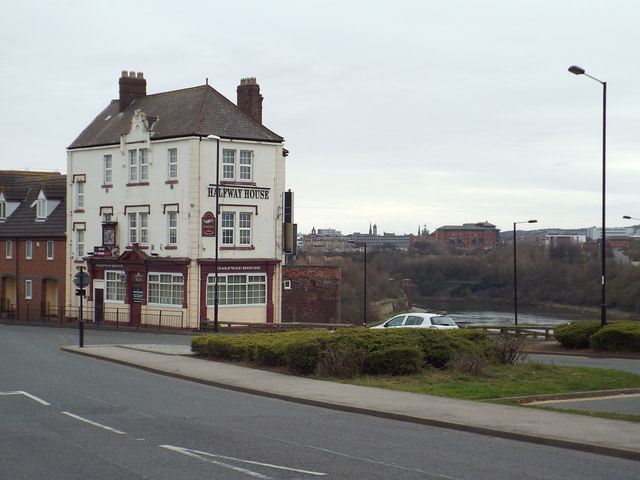
Southwick, Sunderland
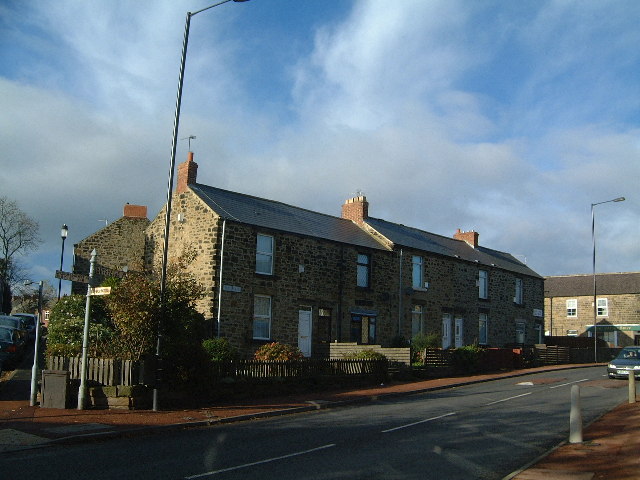
Springwell Village

Sunderland at War

Sunderland Parish, 1848
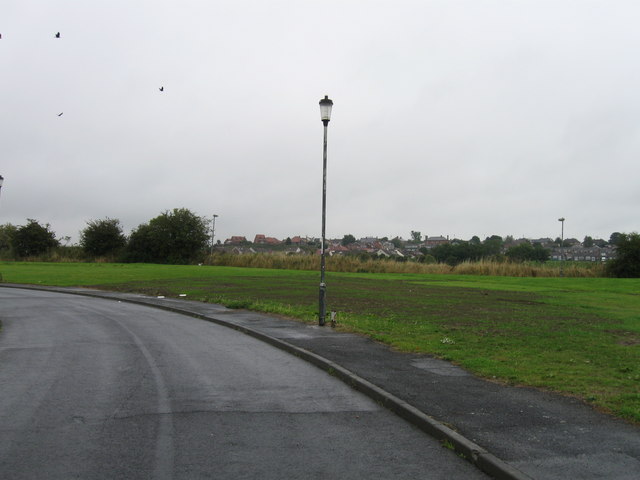
Sunniside, nr Houghton-le-Spring
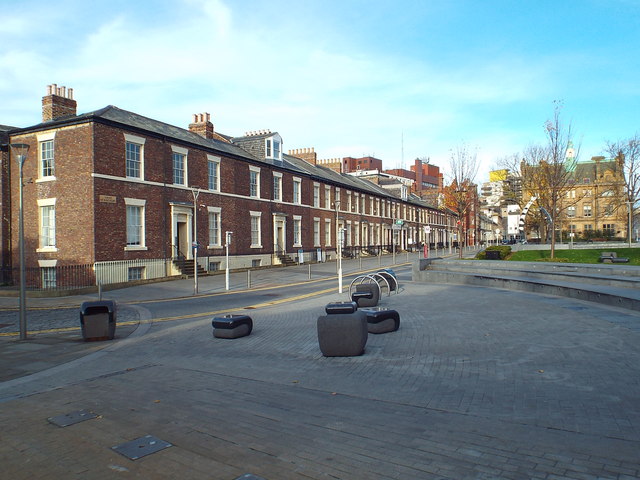
Sunniside, Sunderland
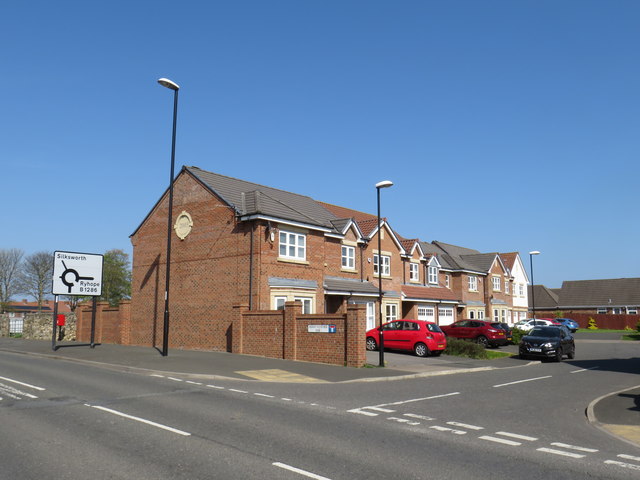
Tunstall, Sunderland
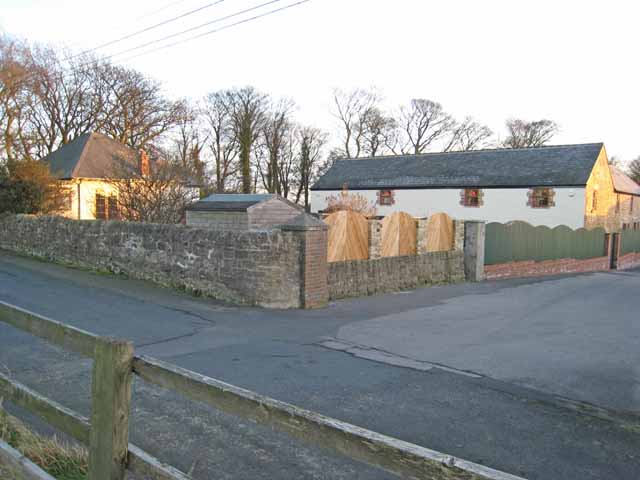
Warden Law
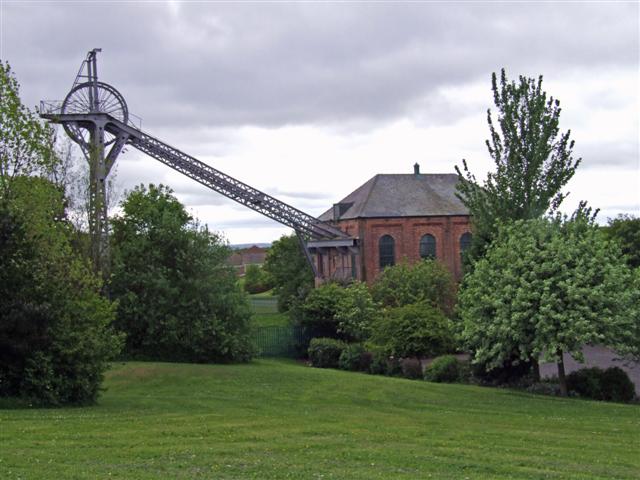
Washington, Tyne & Wear
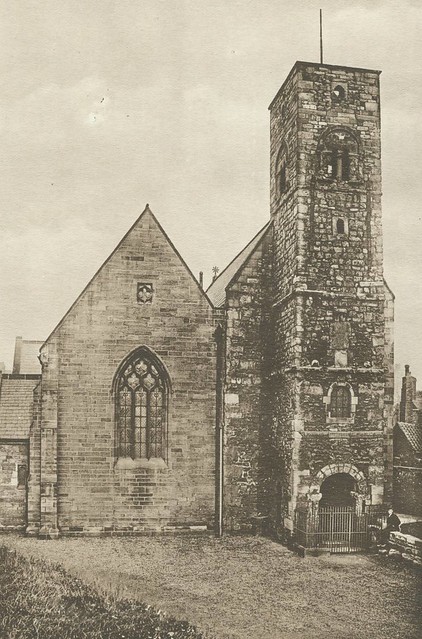
Wearmouth
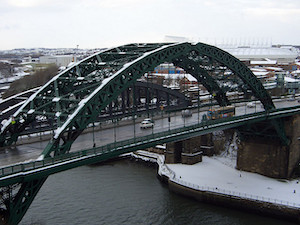
Wearmouth Bridge
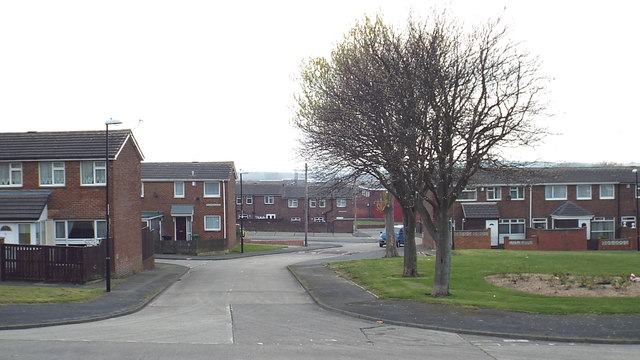
Witherwack, Sunderland
